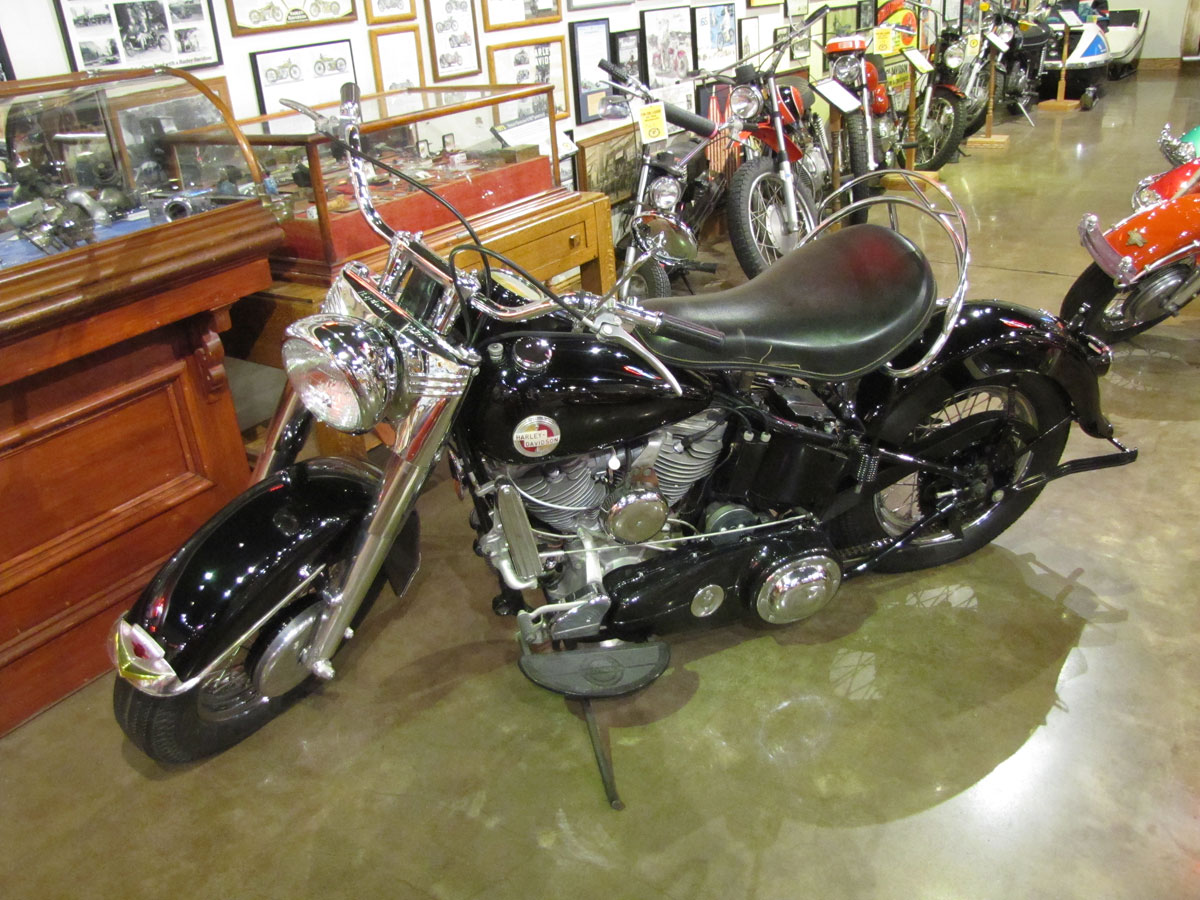 Following the first overhead valve twin launched in 1936, now known as the Knucklehead, a new OHV big twin engine was offered in 1948 in 61 and 74 cubic inch versions. The distinctive pressed aluminum valve covers led enthusiasts to later refer to this engine as the “Panhead.”
Following the first overhead valve twin launched in 1936, now known as the Knucklehead, a new OHV big twin engine was offered in 1948 in 61 and 74 cubic inch versions. The distinctive pressed aluminum valve covers led enthusiasts to later refer to this engine as the “Panhead.”
Streamlining was in full force by now and designers outside the Motor Company had contributed to the form and function. Brooks Stevens, famed Milwaukee Industrial Designer brought the look to the new Hydra-Glide in 1949. The forks, headlight nacelle, dashboard, distinctive fenders, tombstone taillight and chrome speed stripes were among his studio’s lasting contributions. In 1952, foot shifting became an option, in 1958 rear suspension became standard with the introduction of the Duo-Glide. In 1965 electric starting came along with the Electra-Glide. This 1957 FL is the last of the rigid FL’s and is equipped with a buddy seat and grab rail but otherwise holds a lean, stripped appearance.
The chassis on the first new post-World War II Harley-Davidson touring model, the 1948 Panhead, was very similar to the double down tube version that came with the original “Knucklehead,” though down-tubes were bowed, or “wish-boned.” It was still a rigid and used a strong springer fork, but this lasted only one year, 1948. Beginning in 1949 the Hydra-Glide with a hydraulic fork was being produced. While our country was at war in Europe, Harley-Davidson engineers were also making a “new and improved” engine. For the first time in many years, the heads were cast from aluminum, the lifters were switched to hydraulic and lubrication as well as induction and combustion were improved.
To many the traditional “rigid” Harley frame is iconic. It meant a lot to custom builder Bill Davis of Road Worx. In the late 1970’s his shop adopted the look making the rear frame section a swingarm but hid the shocks below the transmission on a complete, commercially available frame. Later, Harley Davidson bought Davis’s patented design creating what they called the Soft Tail, released in 1984.
There are numerous Harley-Davidson Panheads on display in the National Motorcycle Museum for comparison of engineering and design features over the 18 year production run leading up to the Shovelhead in 1966.
Specifications:
- Engine: Air-Cooled, Overhead Valve, 45 Degree V-Twin
- Bore & Stroke: 3.44 X 4.00”
- Displacement: 74 Cubic Inches / 1208 cc’s*
- Compression Ratio: 6: 1
- Carburetion: 1.30” Schebler
- Horsepower: 60HP
- Primary: Duplex Chain
- Transmission: 4-Speed, Hand Shift*
- Clutch: Dry, Foot operated
- Final Drive: Chain
- Brakes: Drum, Front & Rear
- Electrics: 6 Volt Battery, Coil & Points
- Frame: Steel / Double Down Tubes
- Fork: Hydra-Glide, Hydraulic
- Rear: Rigid, Sprung Seat
- Wheels/Tires: 5.00 x 16 / 5.00 x 16 Inches
- Wheelbase: 59.5 Inches
- Weight: 598 Pounds
- Top Speed: 105 mph
Leave a Reply
Want to join the discussion?Feel free to contribute!
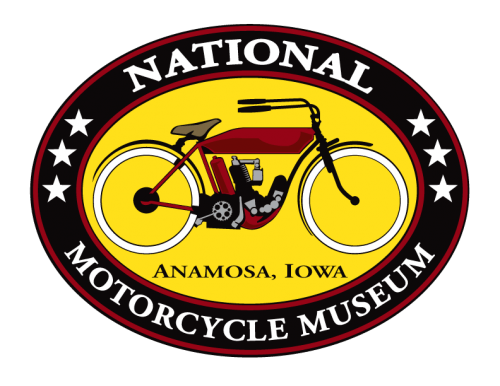
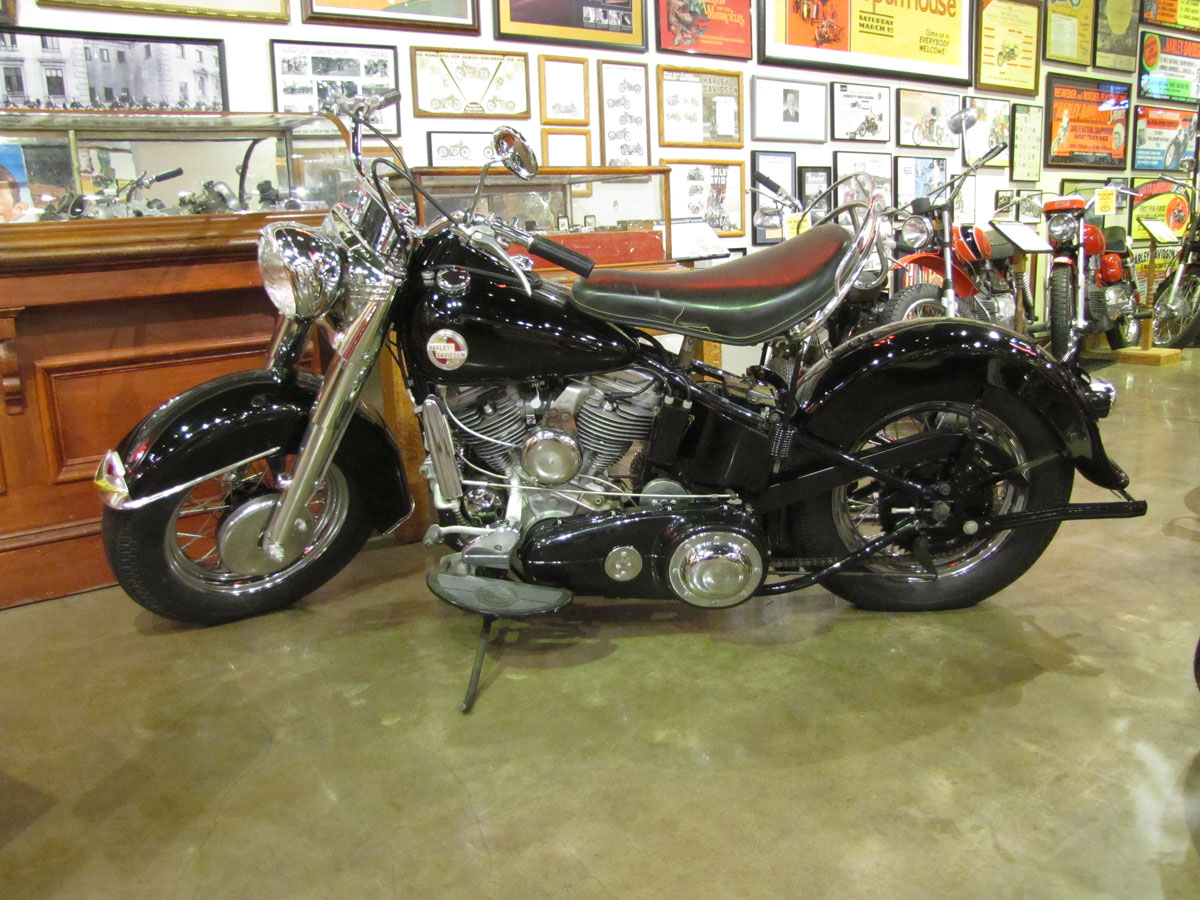
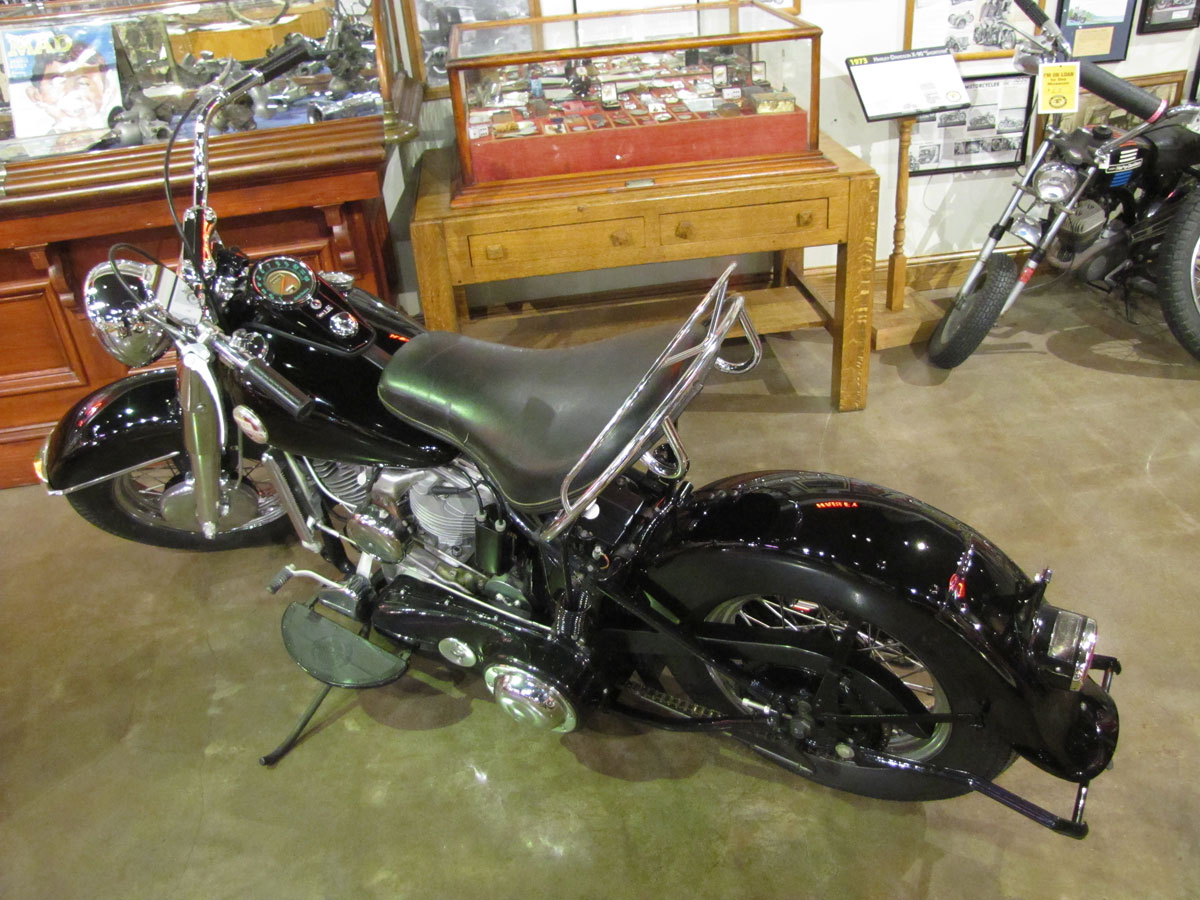
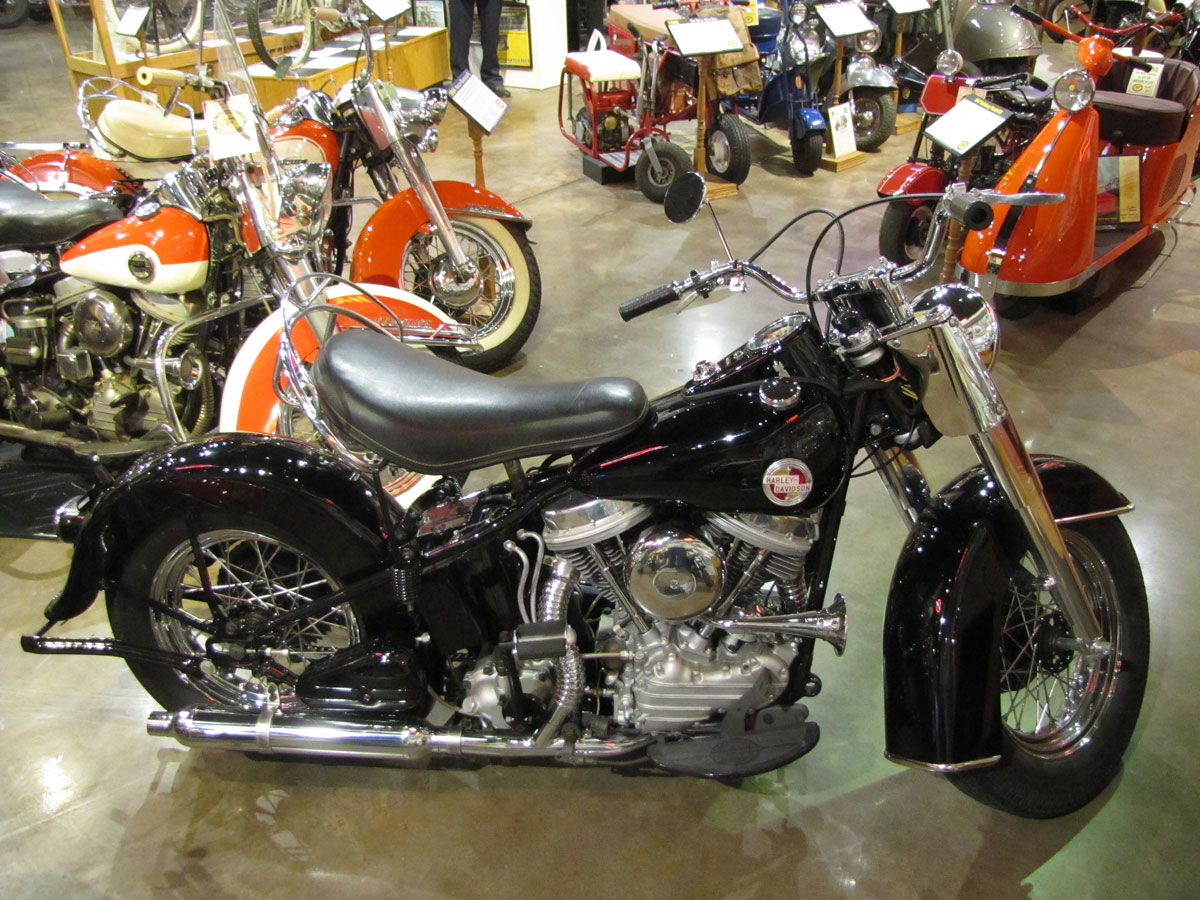
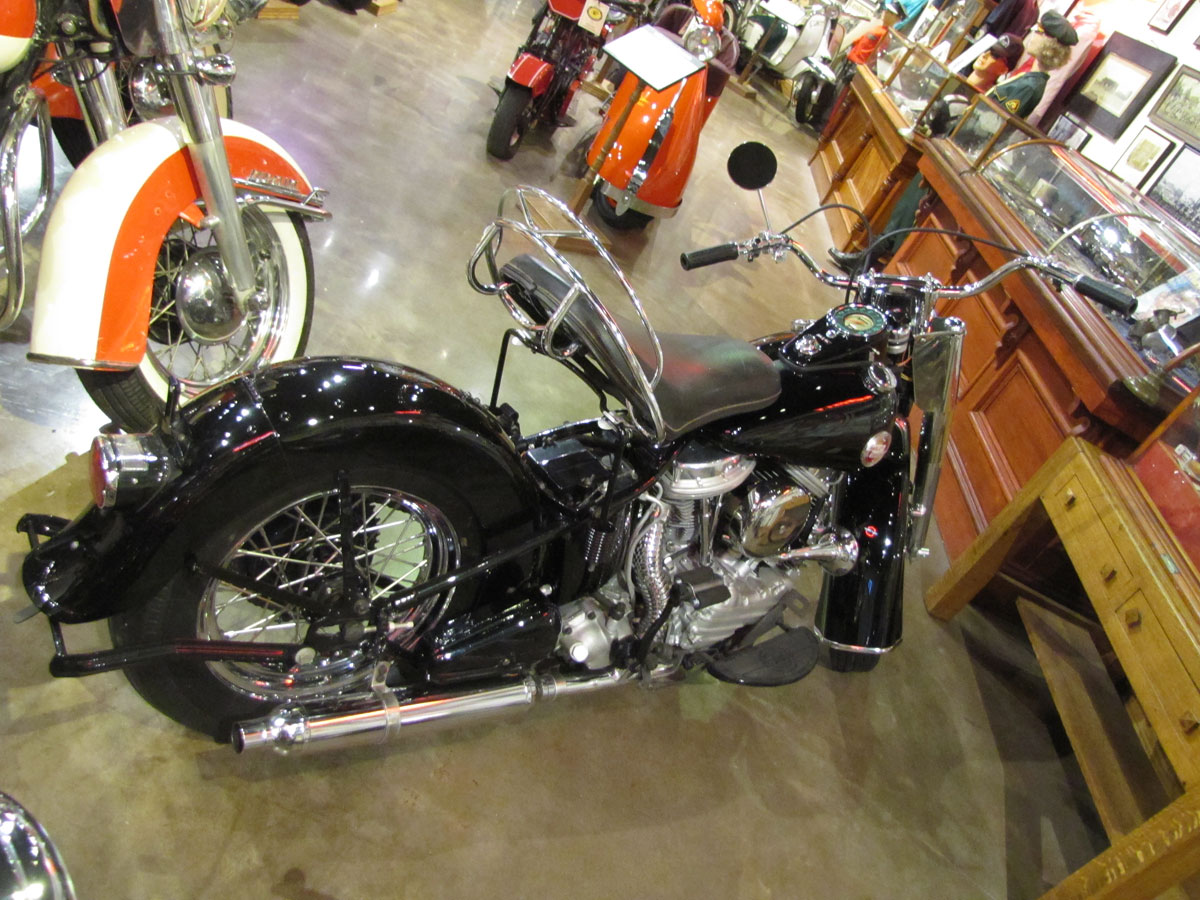
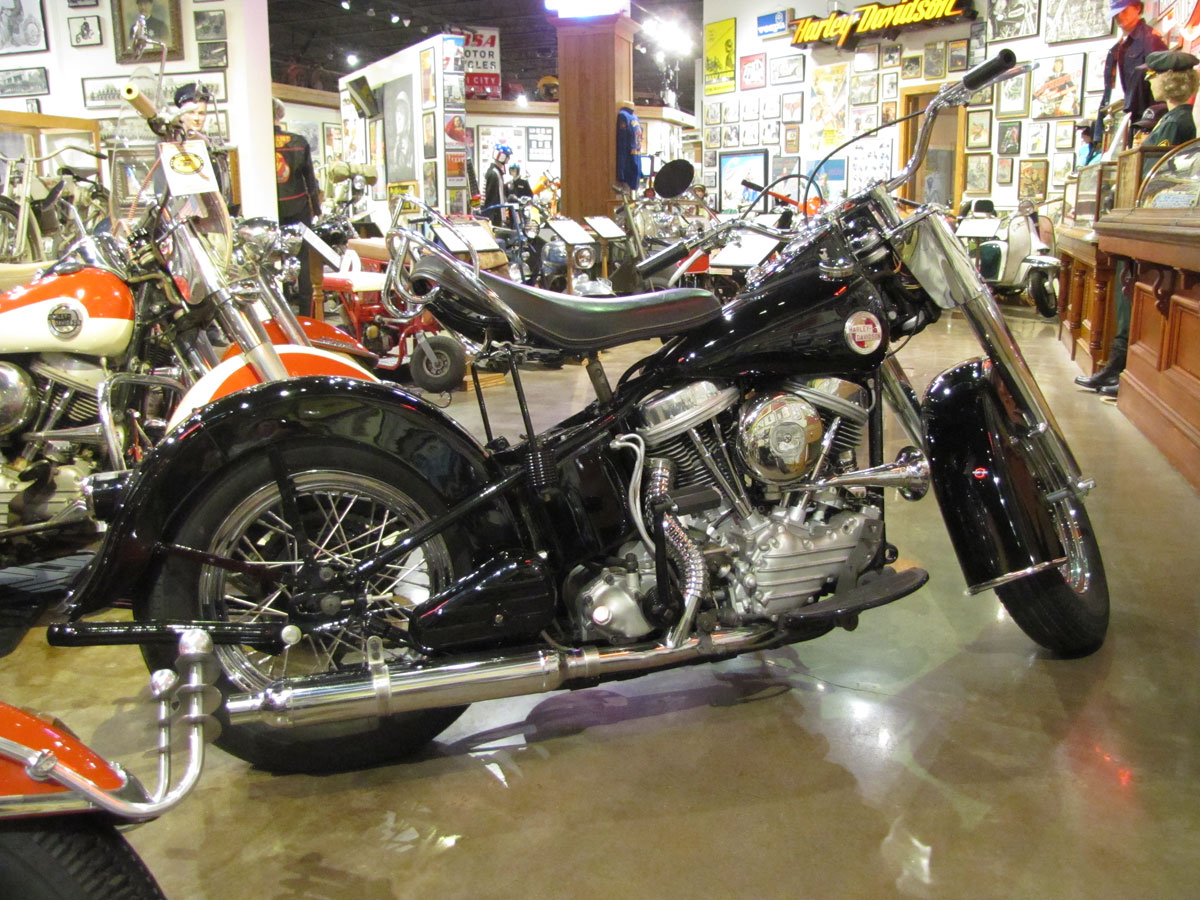
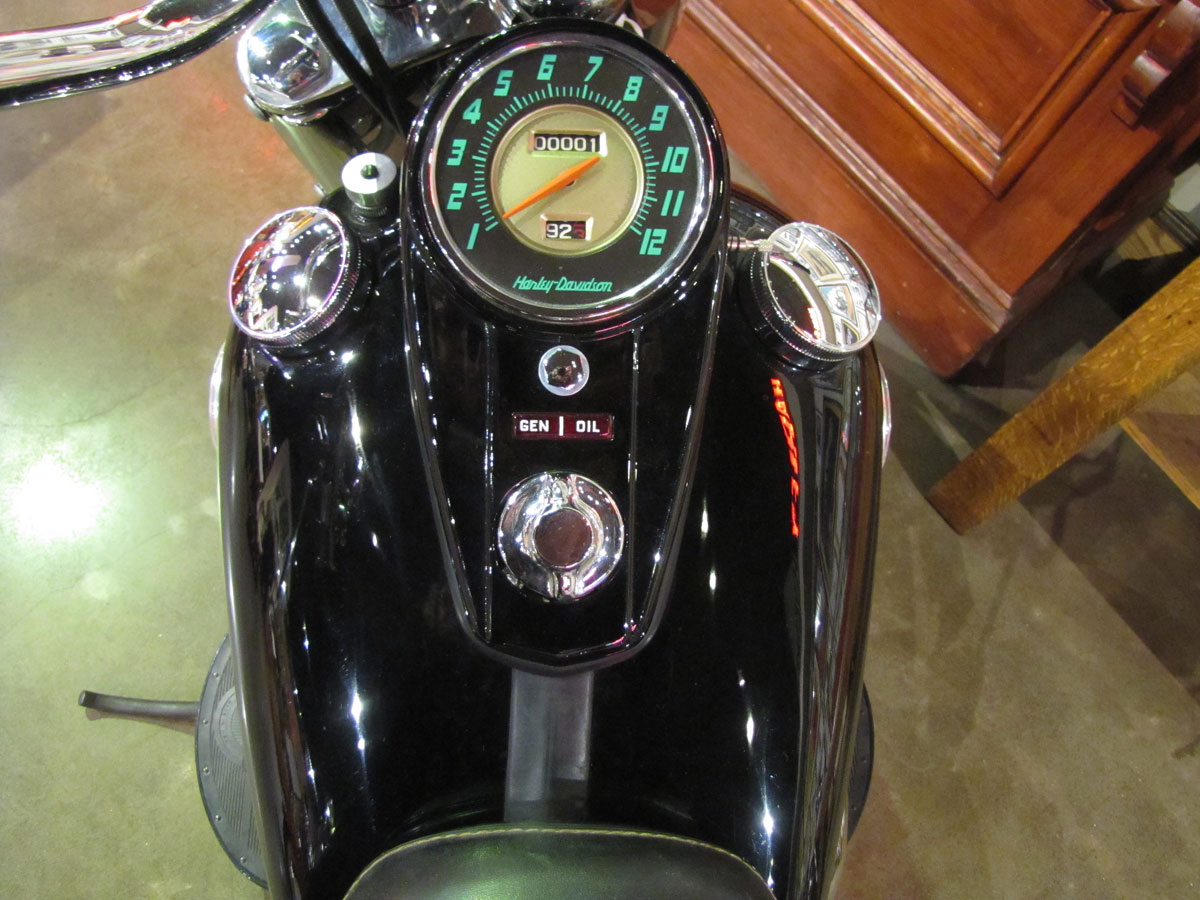
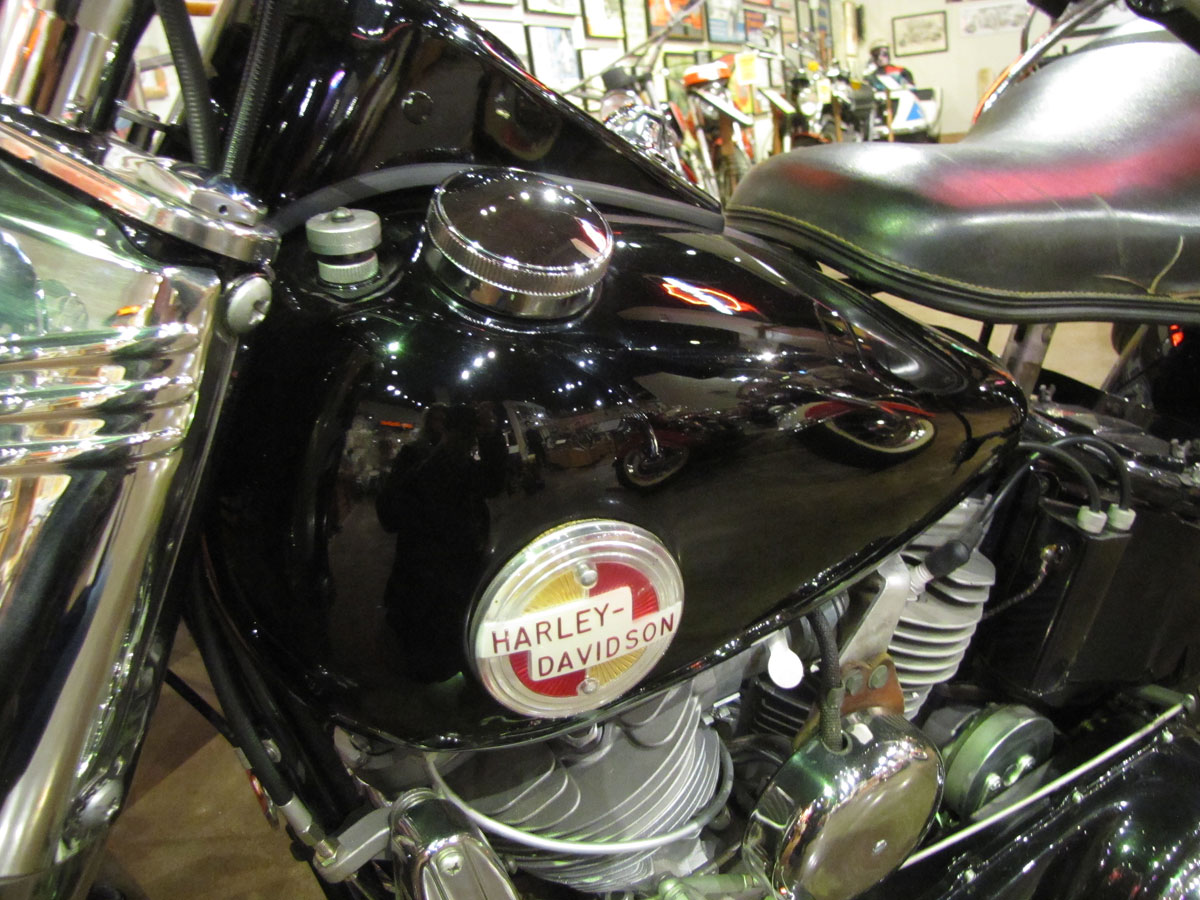
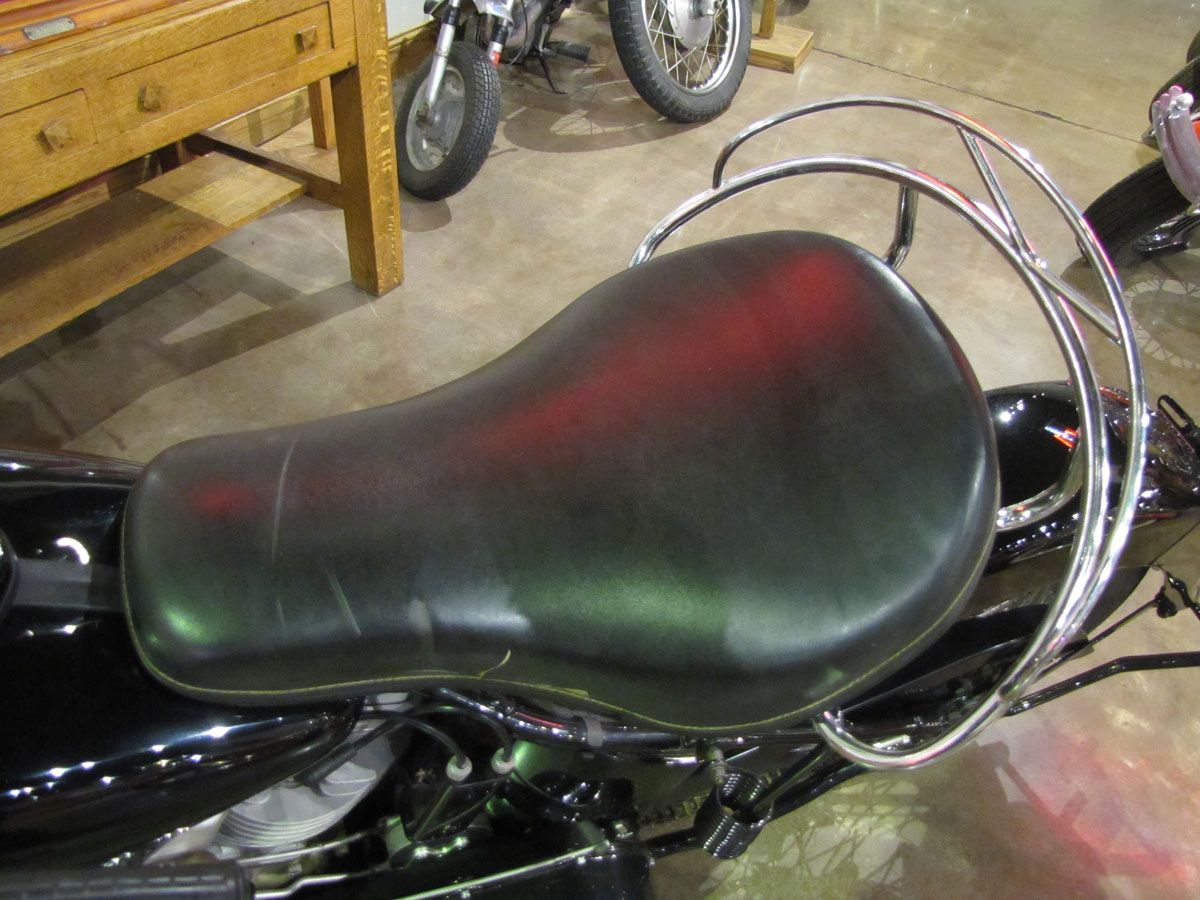
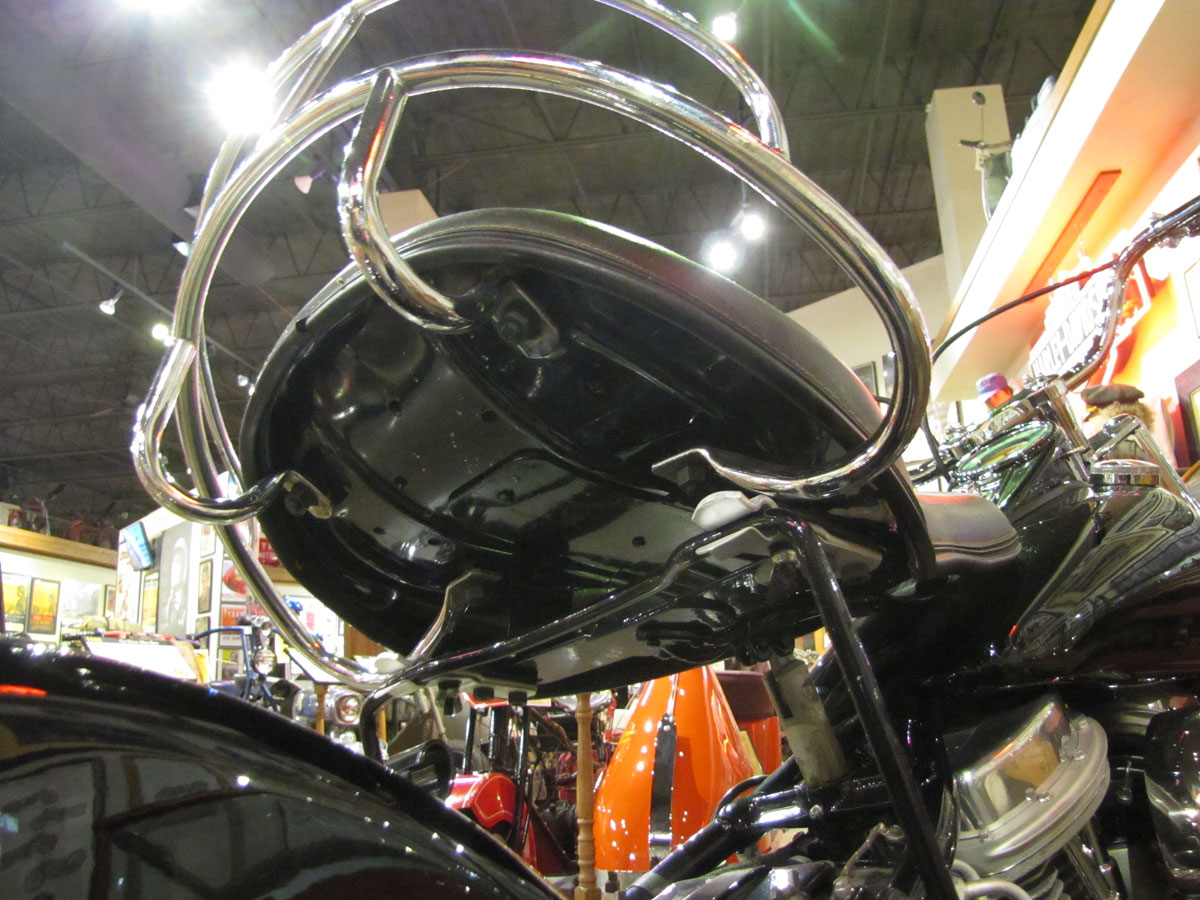
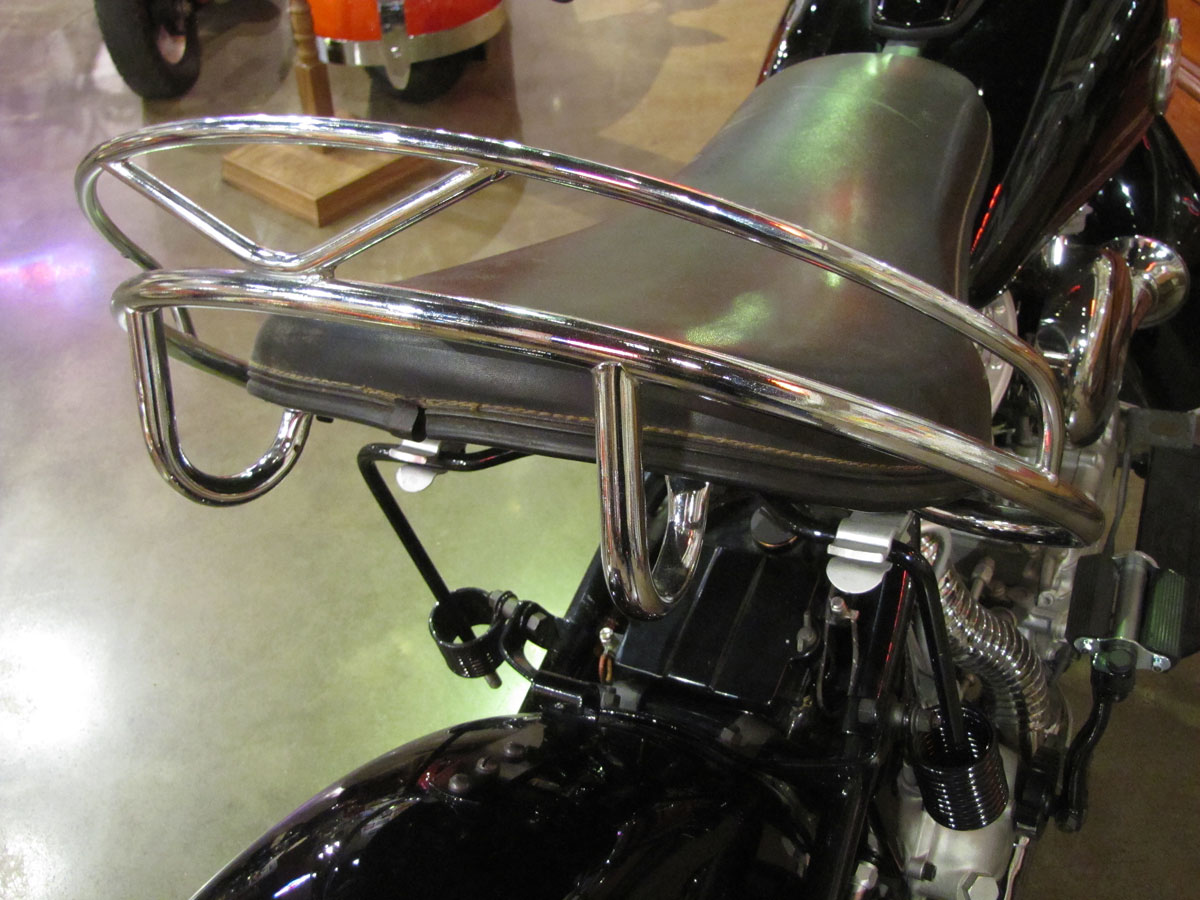
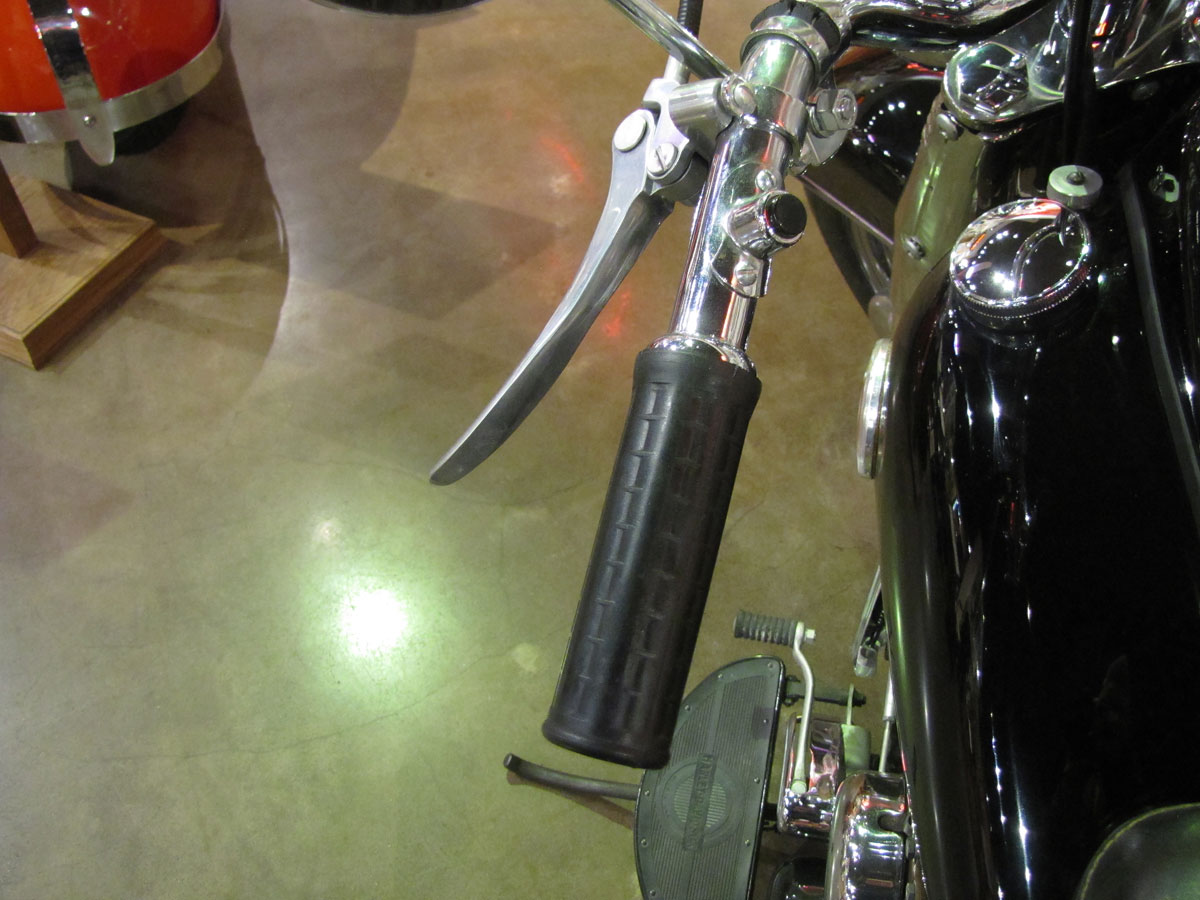
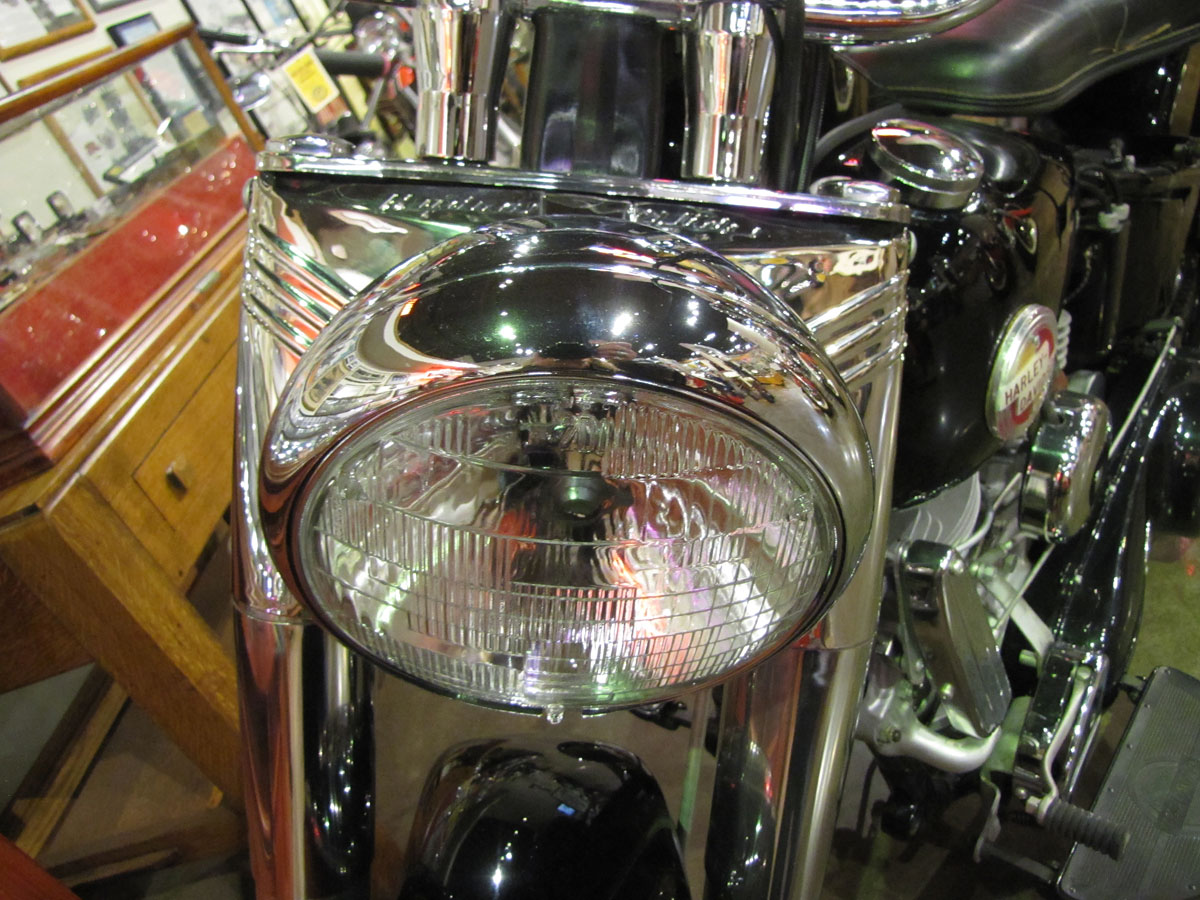
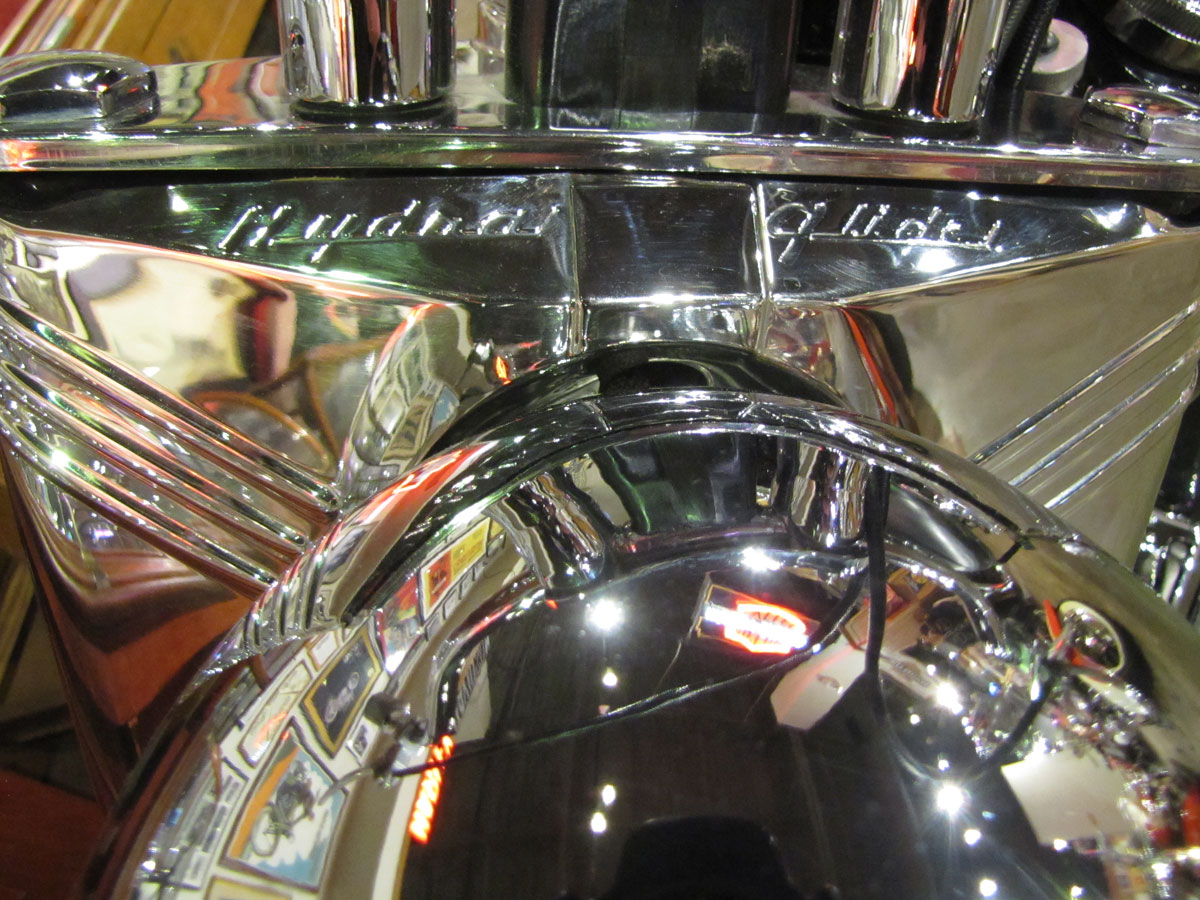
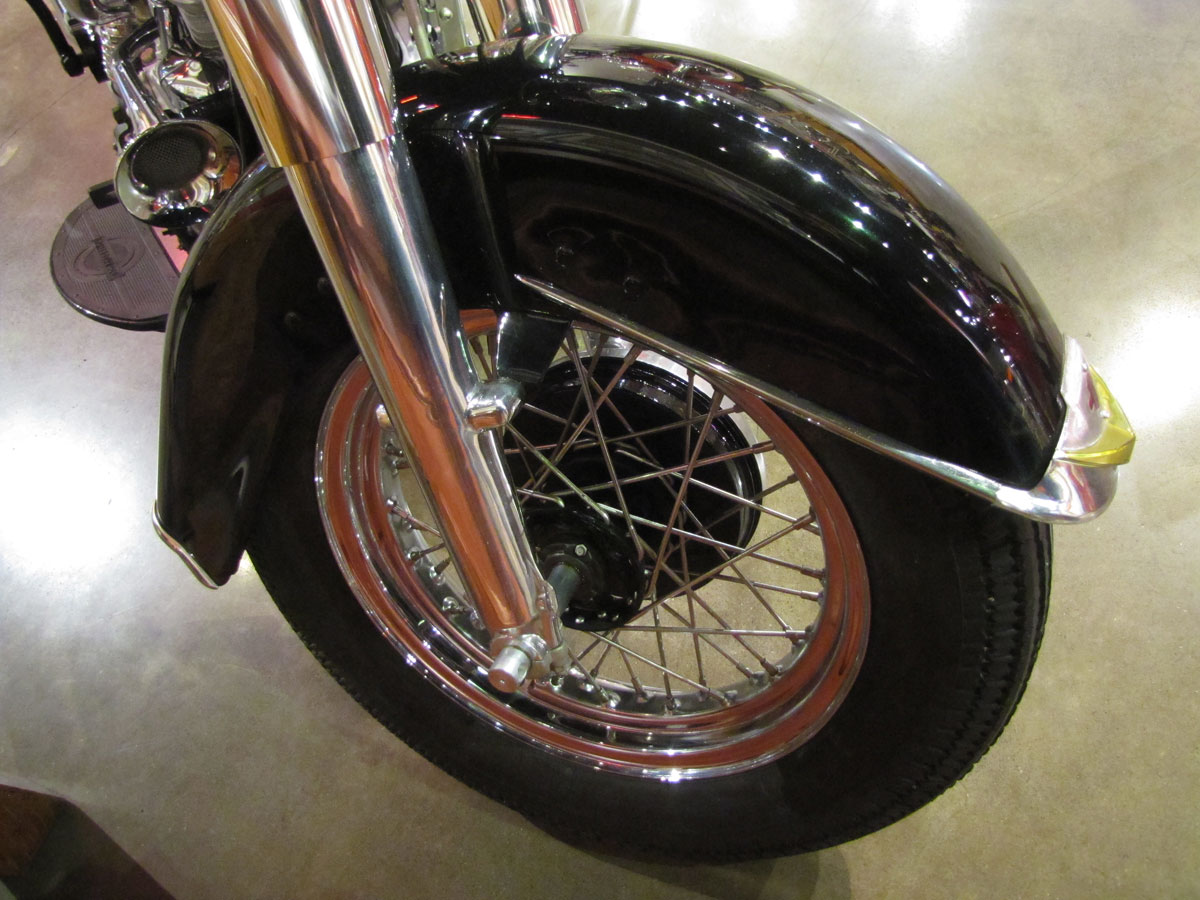
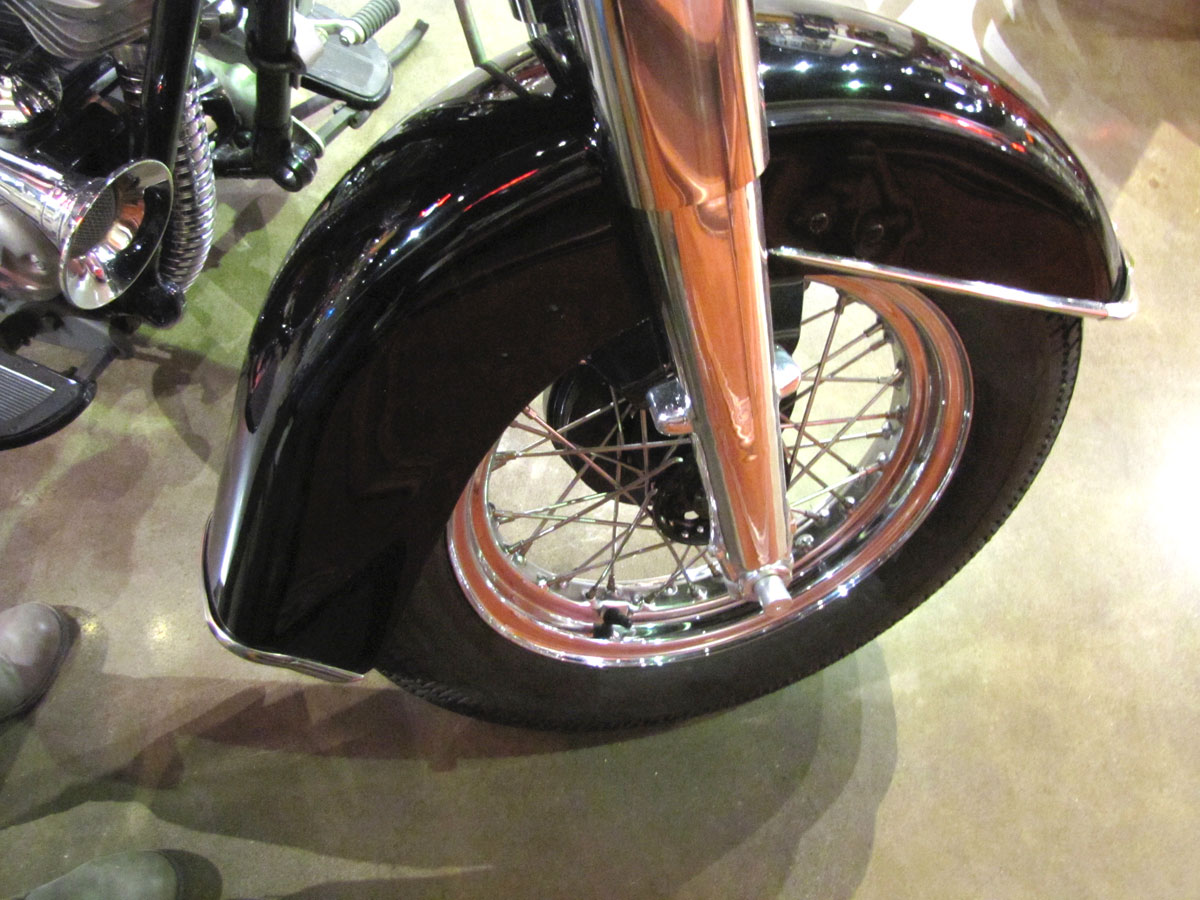
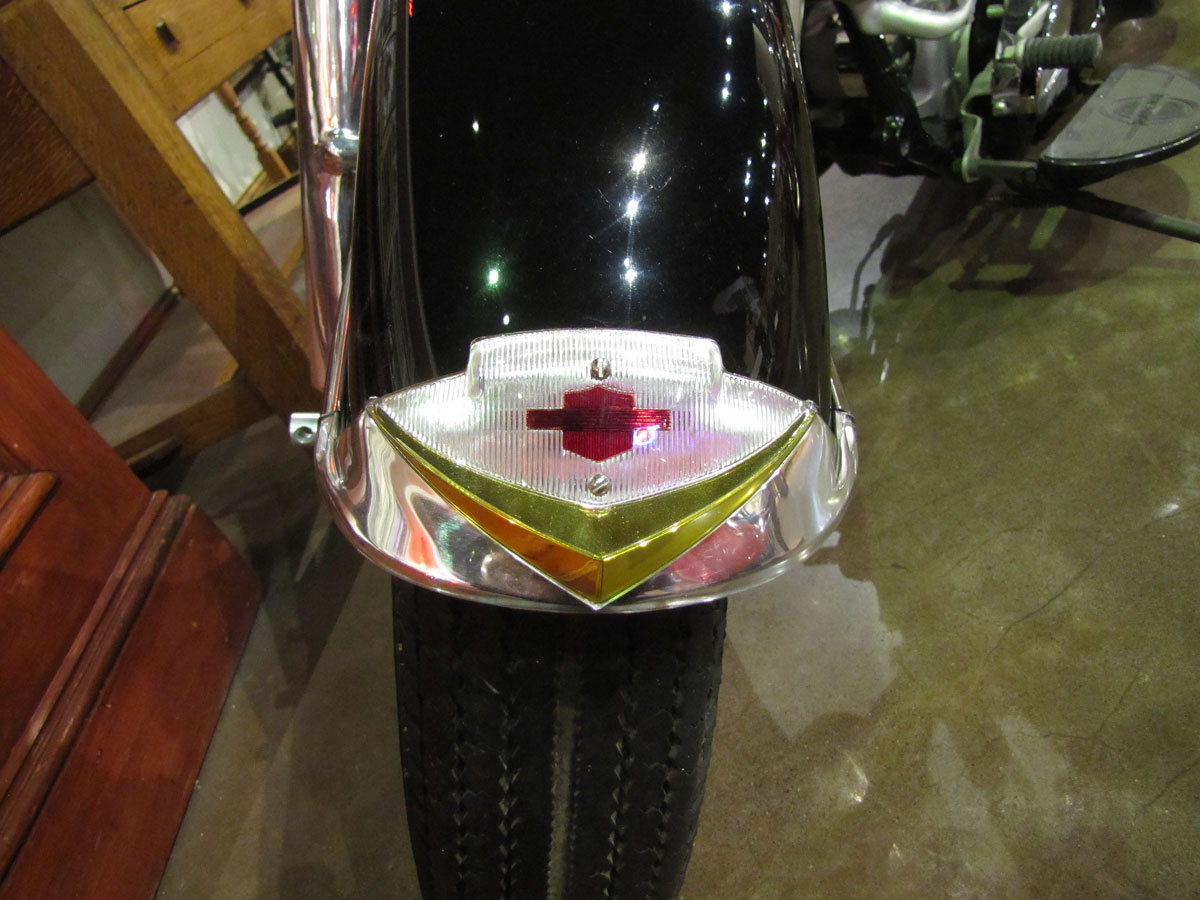
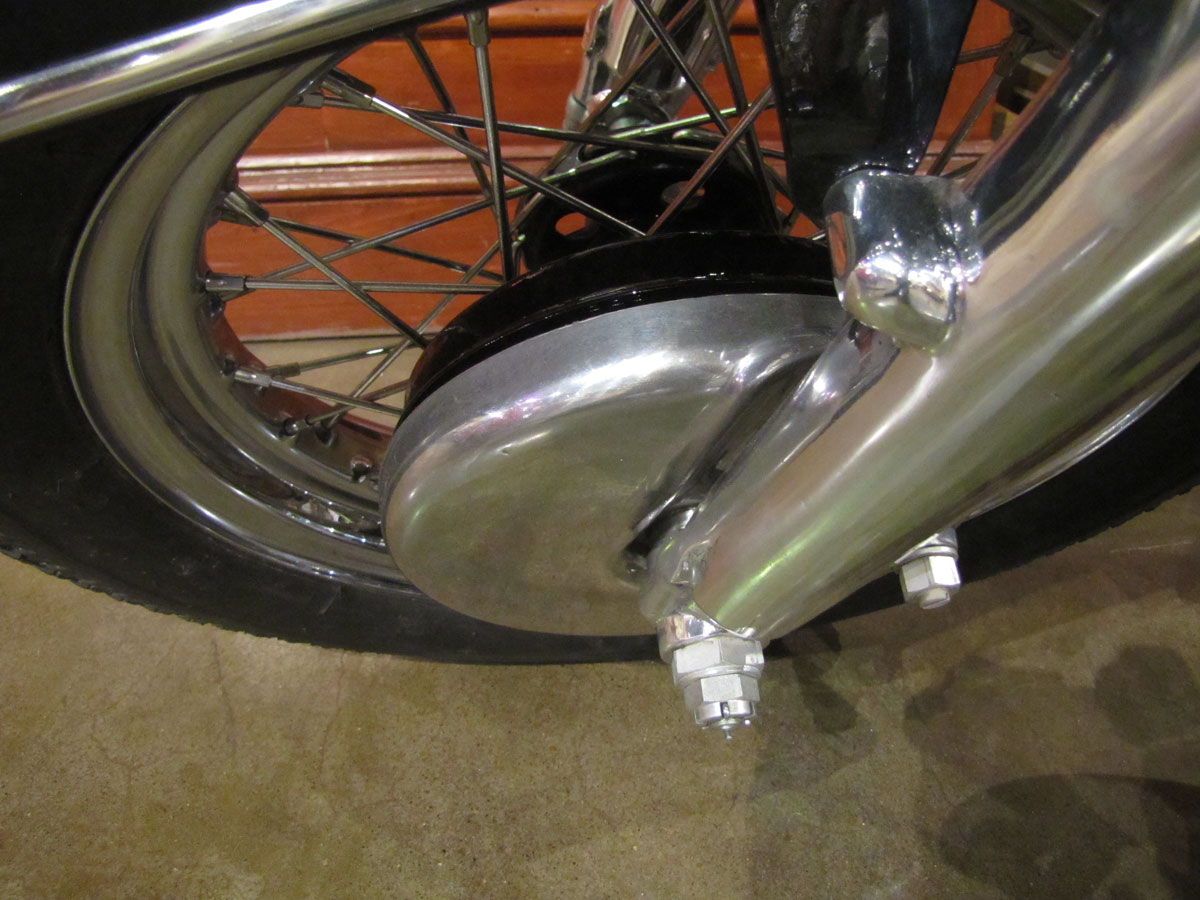
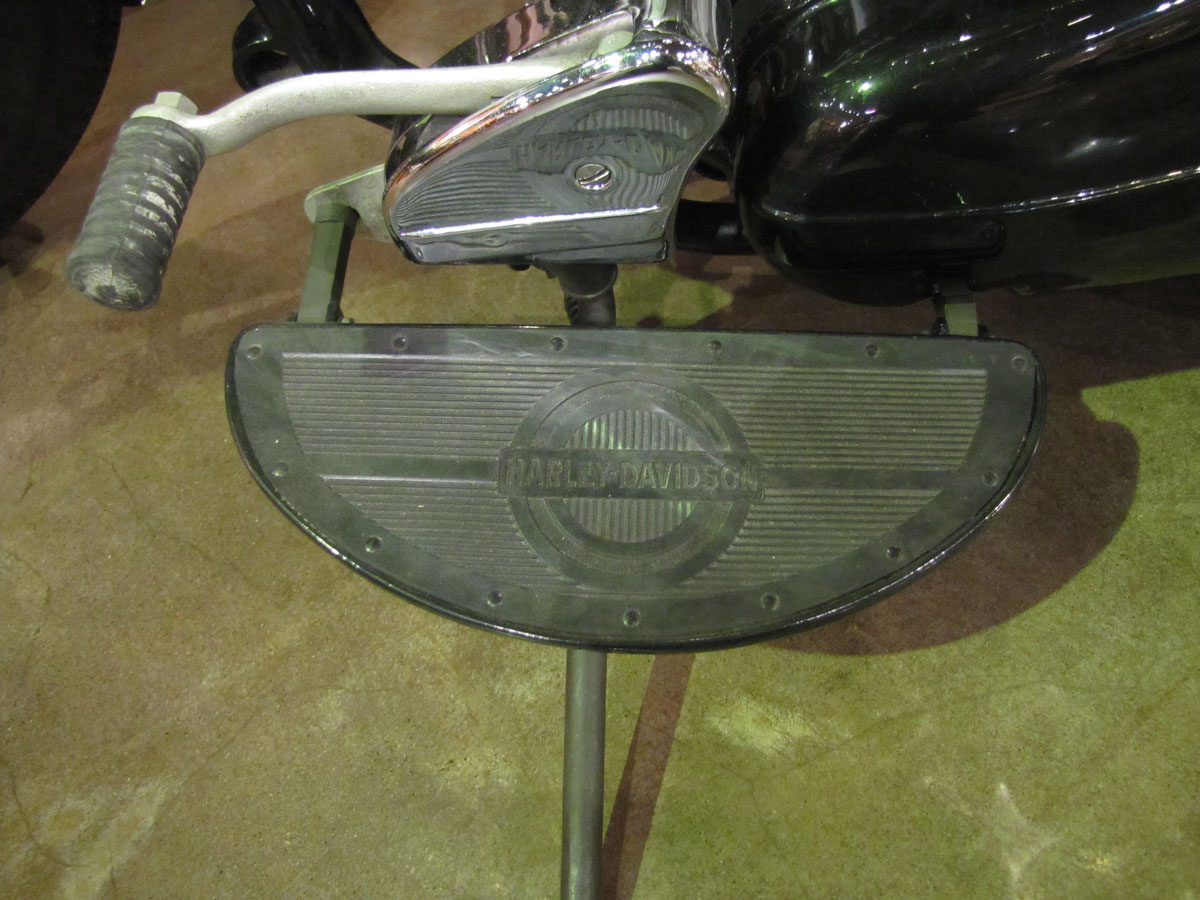
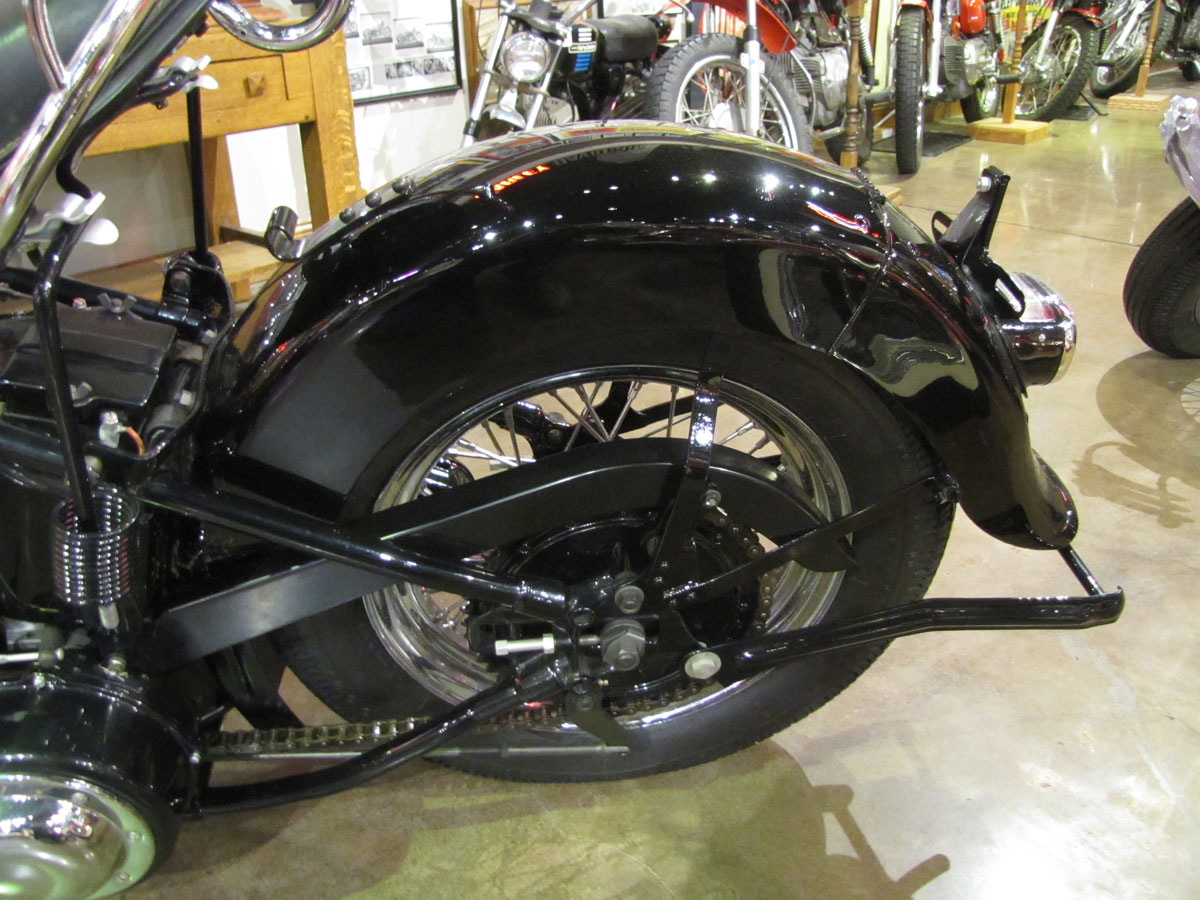
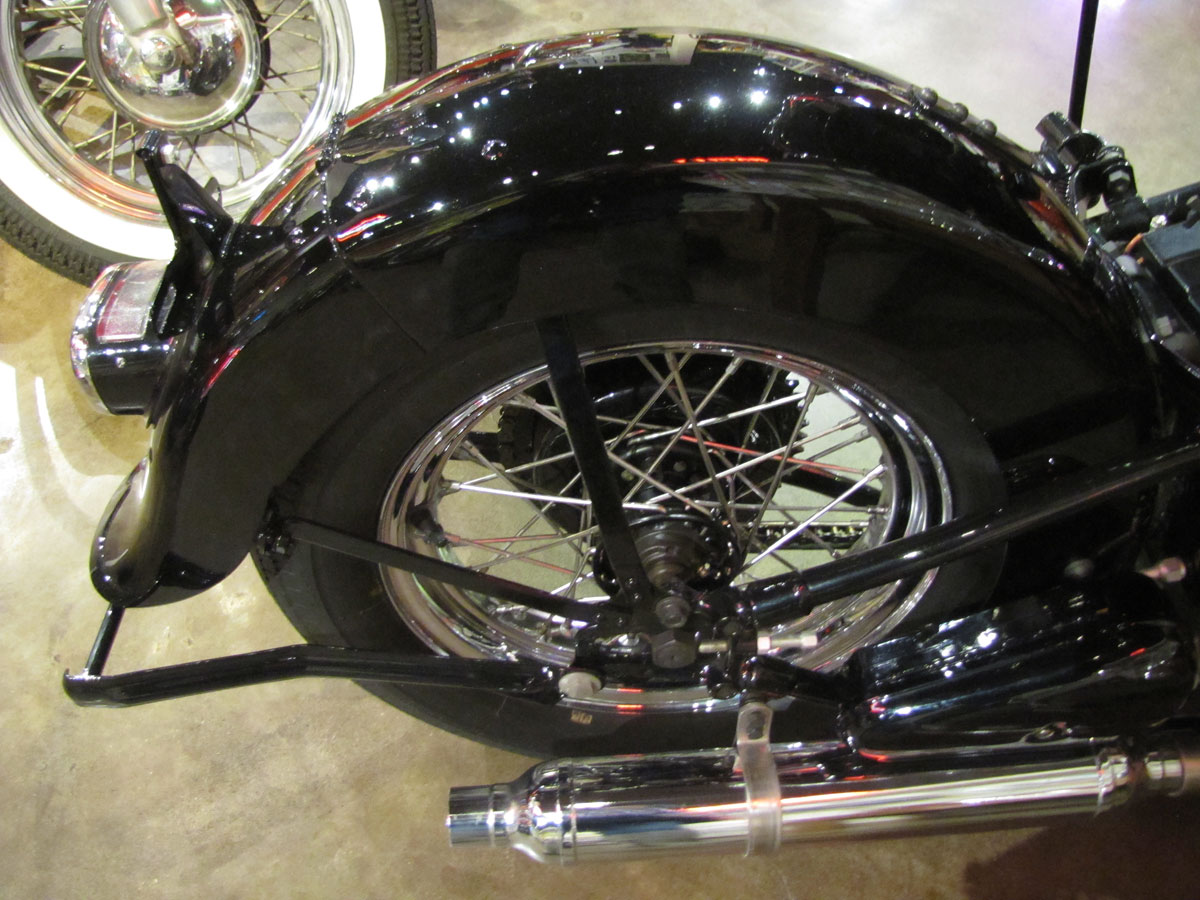
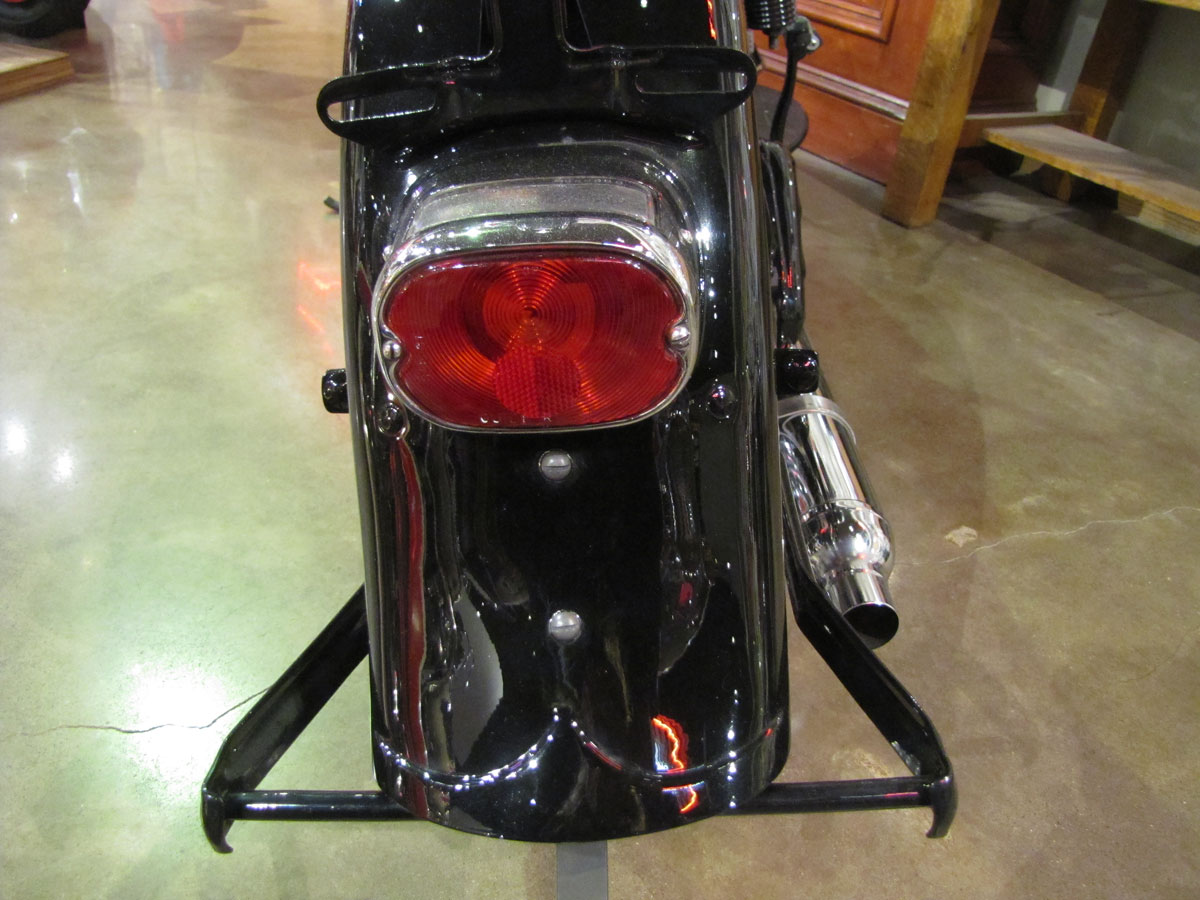
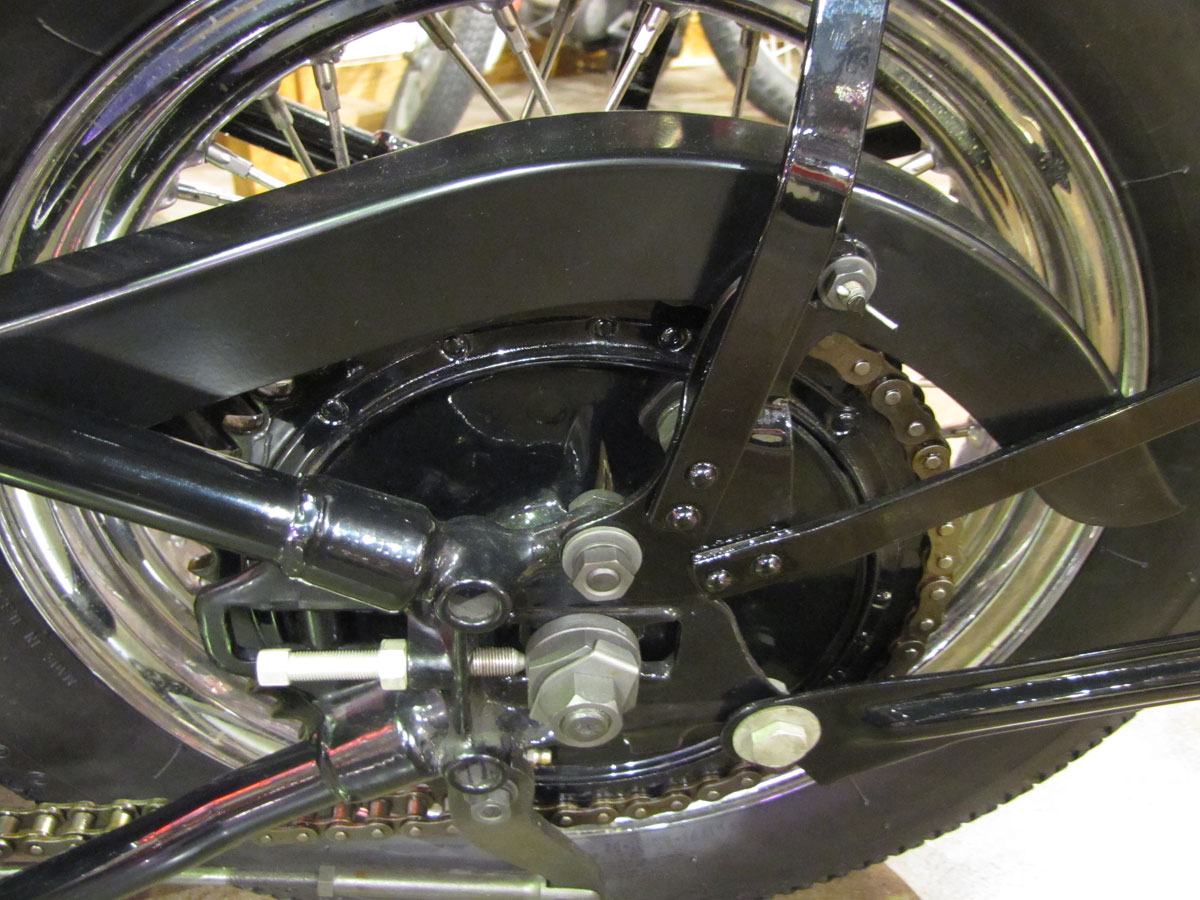
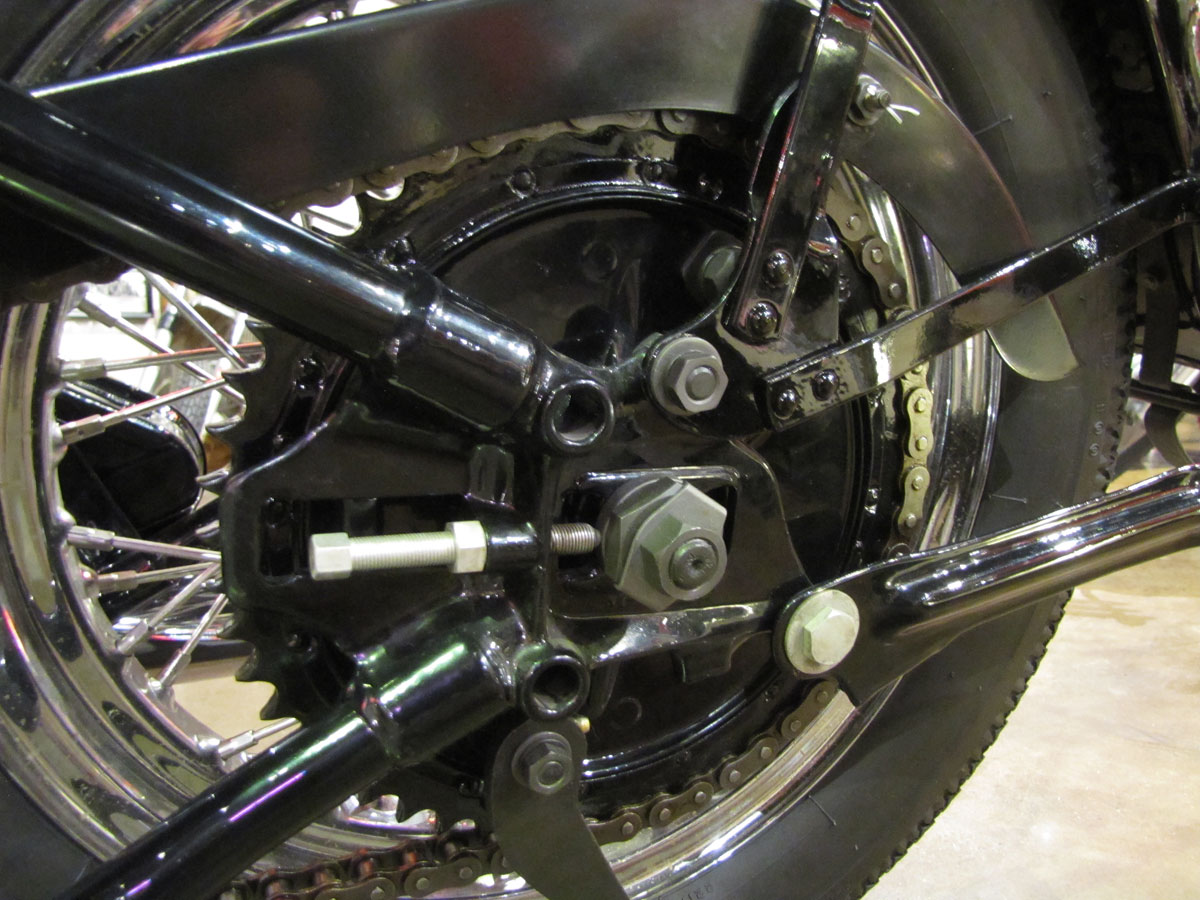
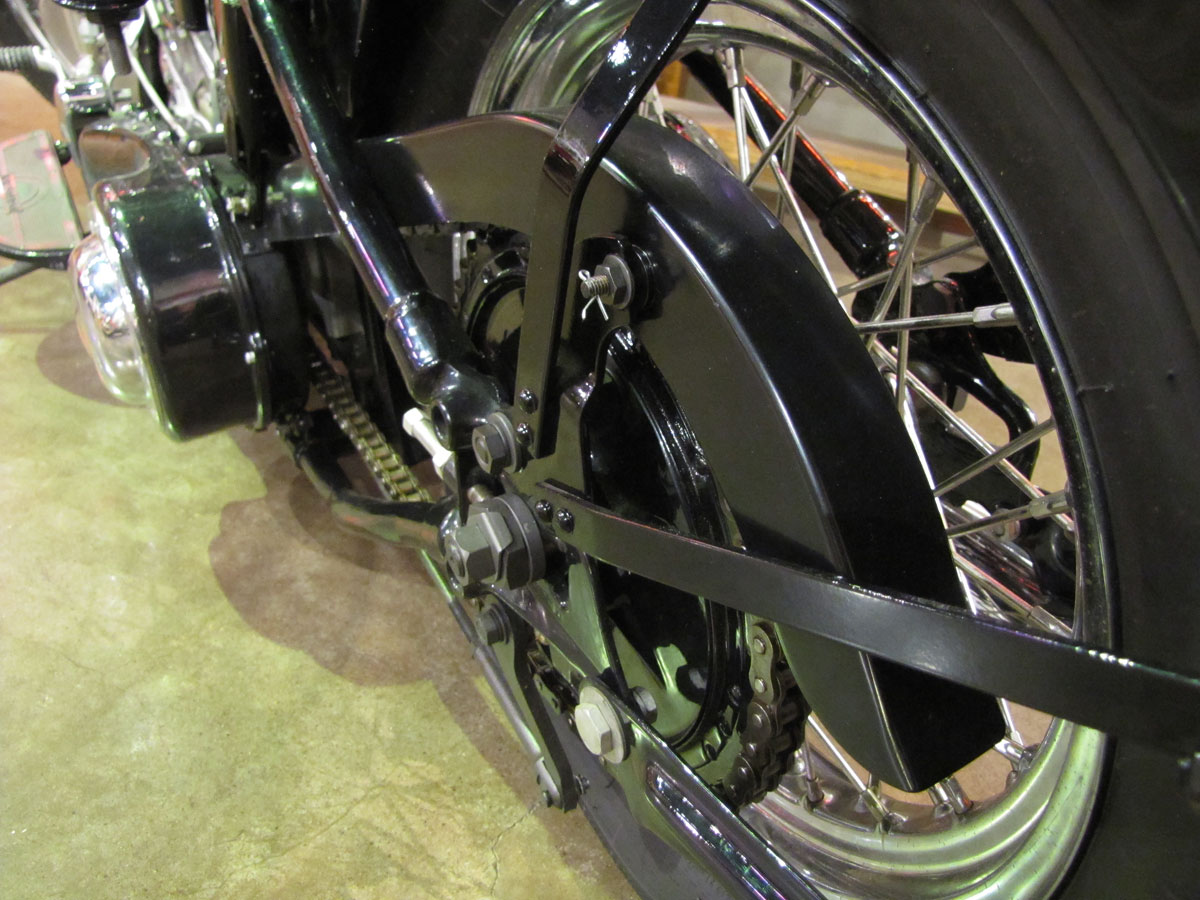
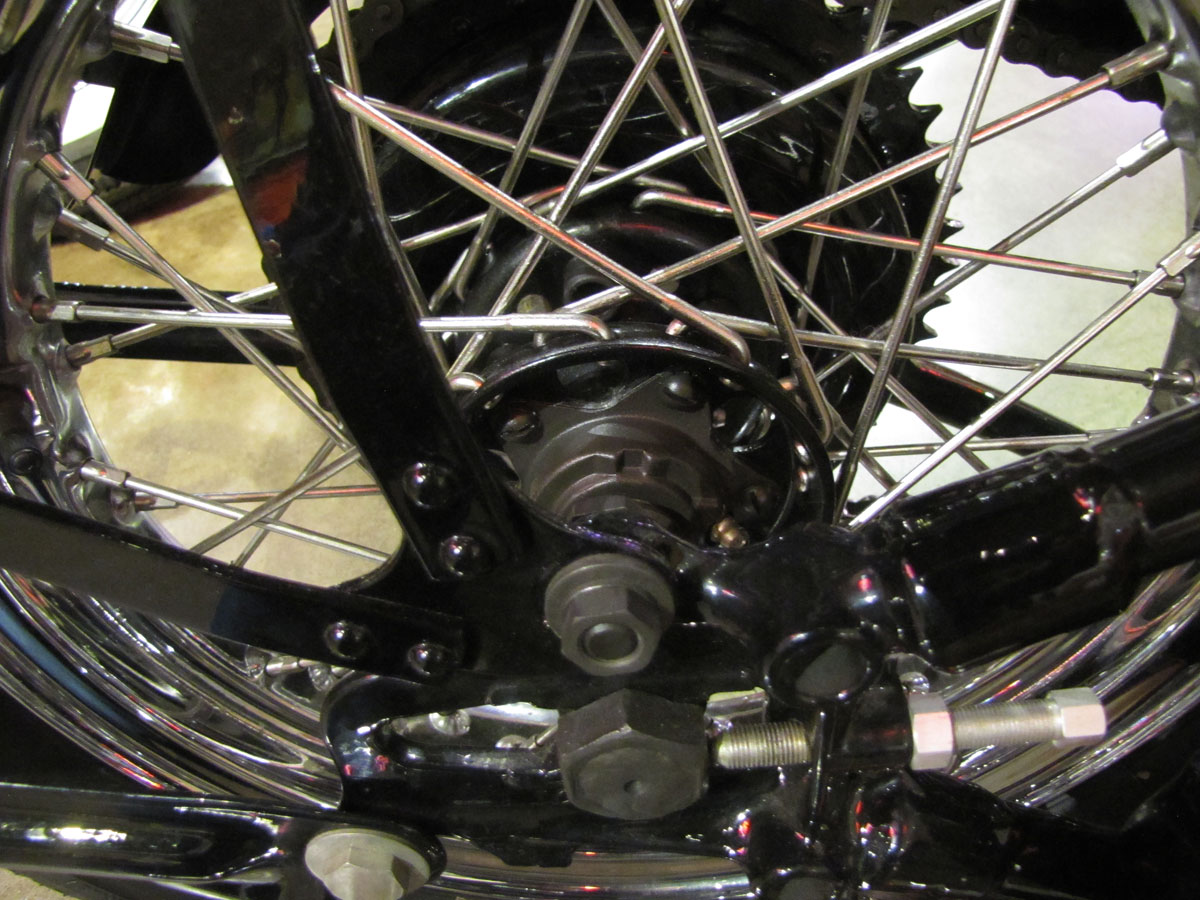
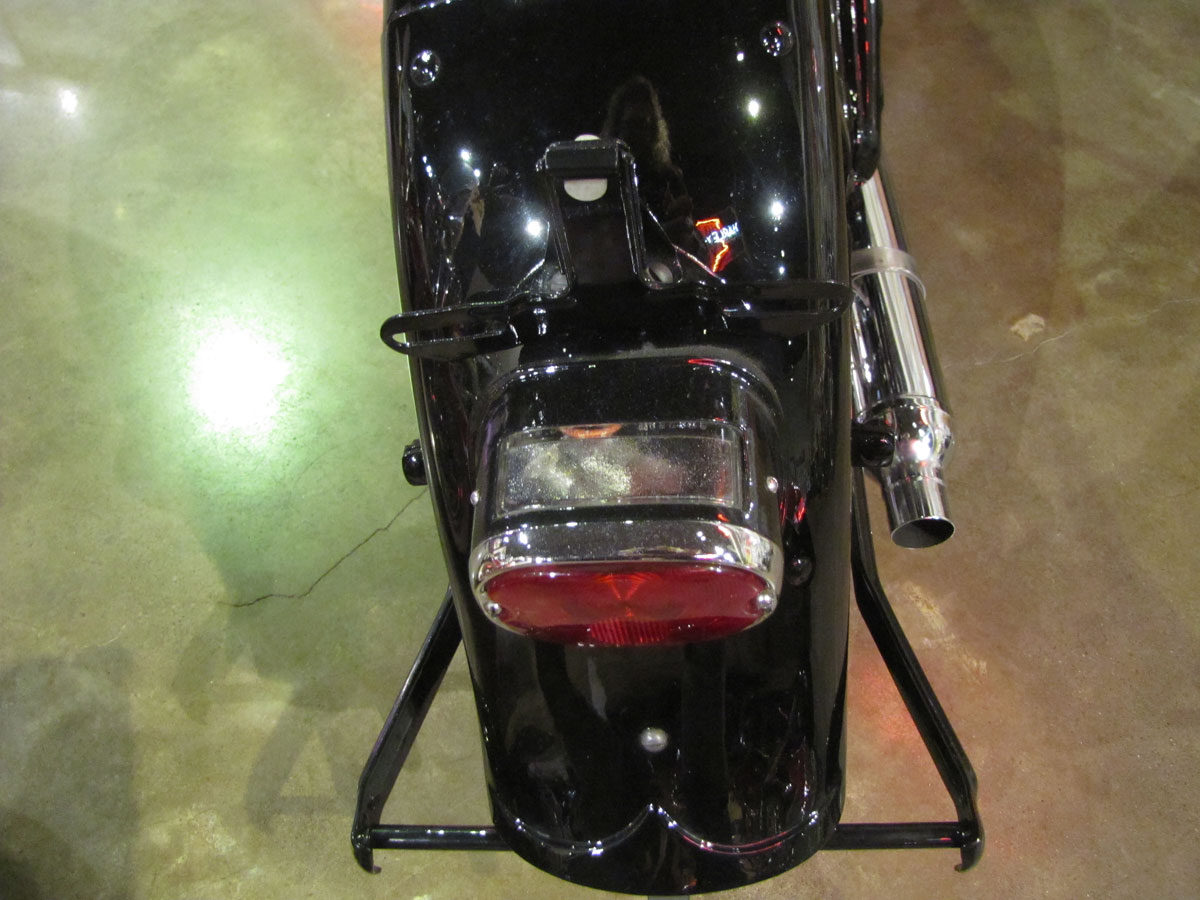
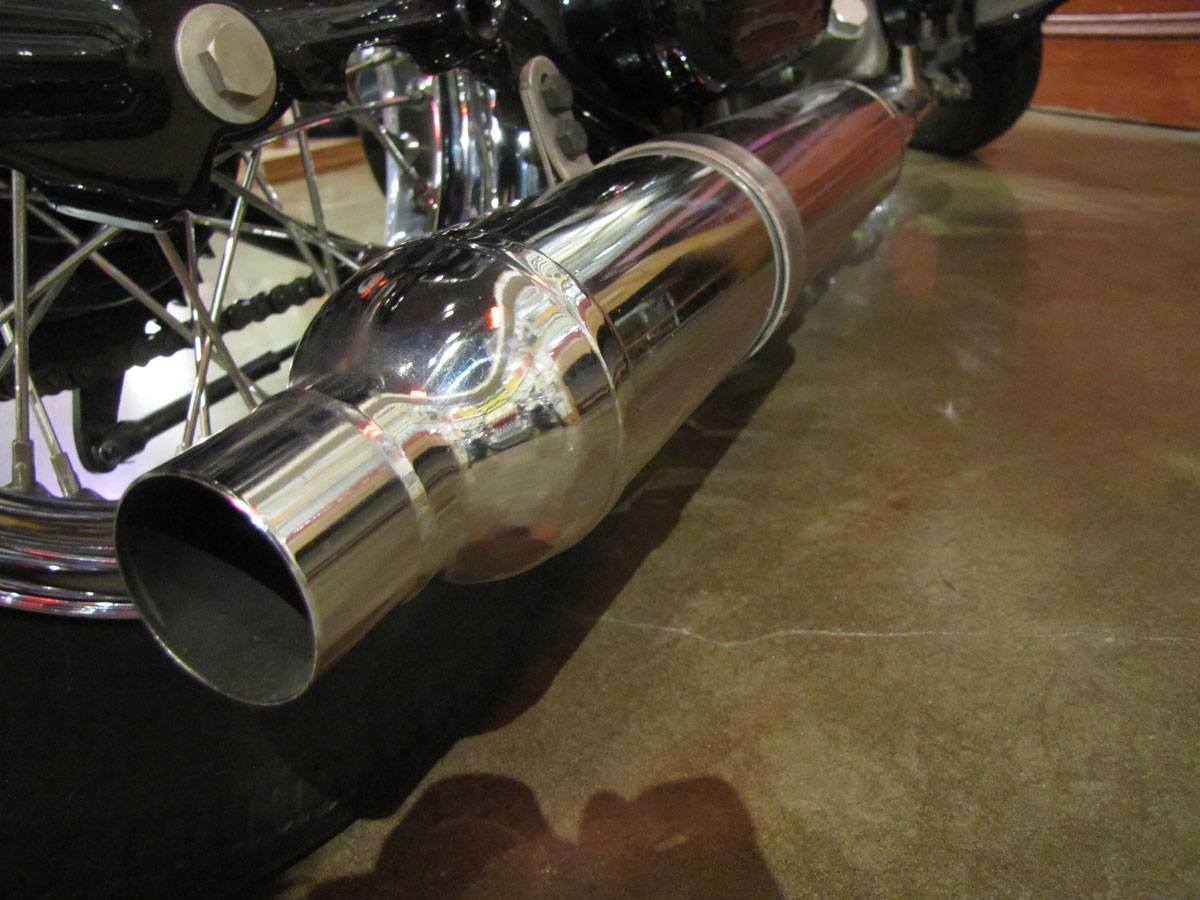
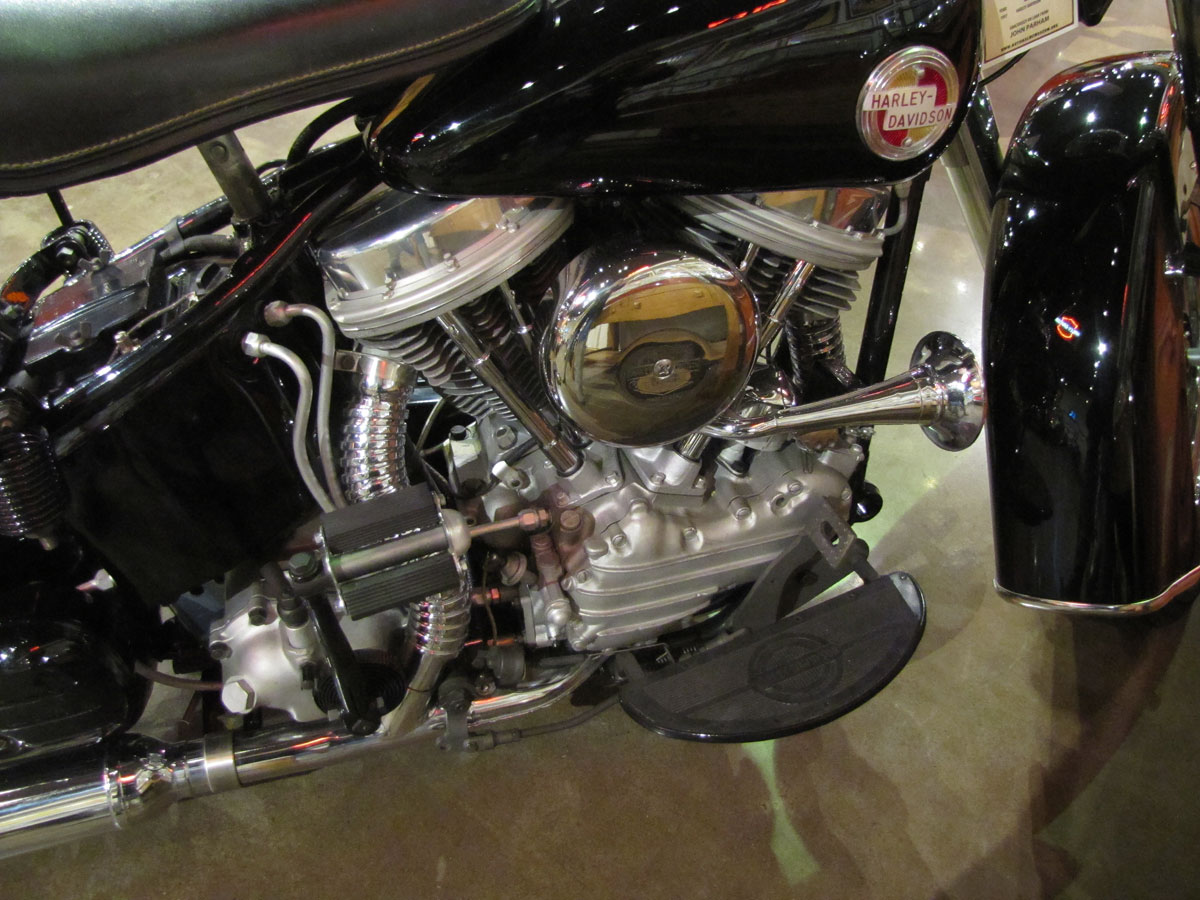
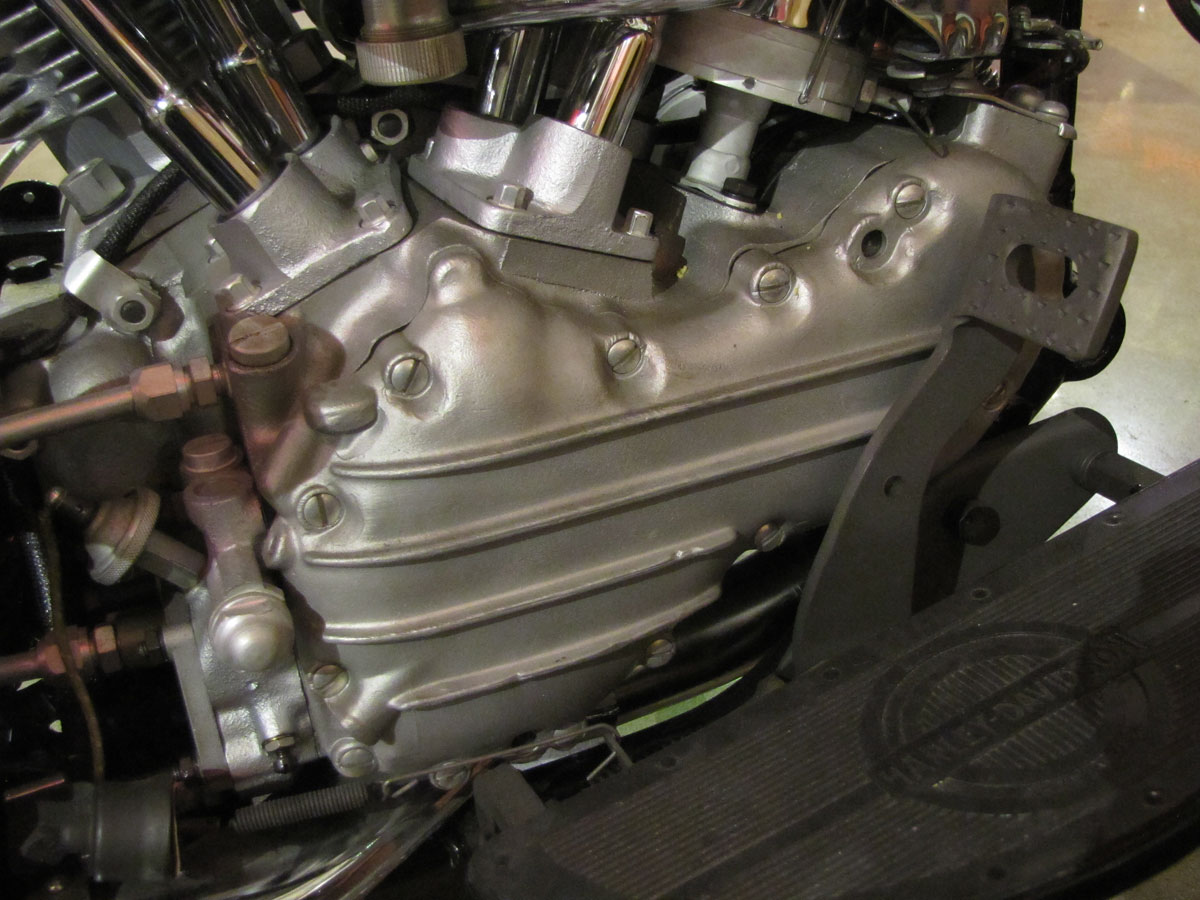
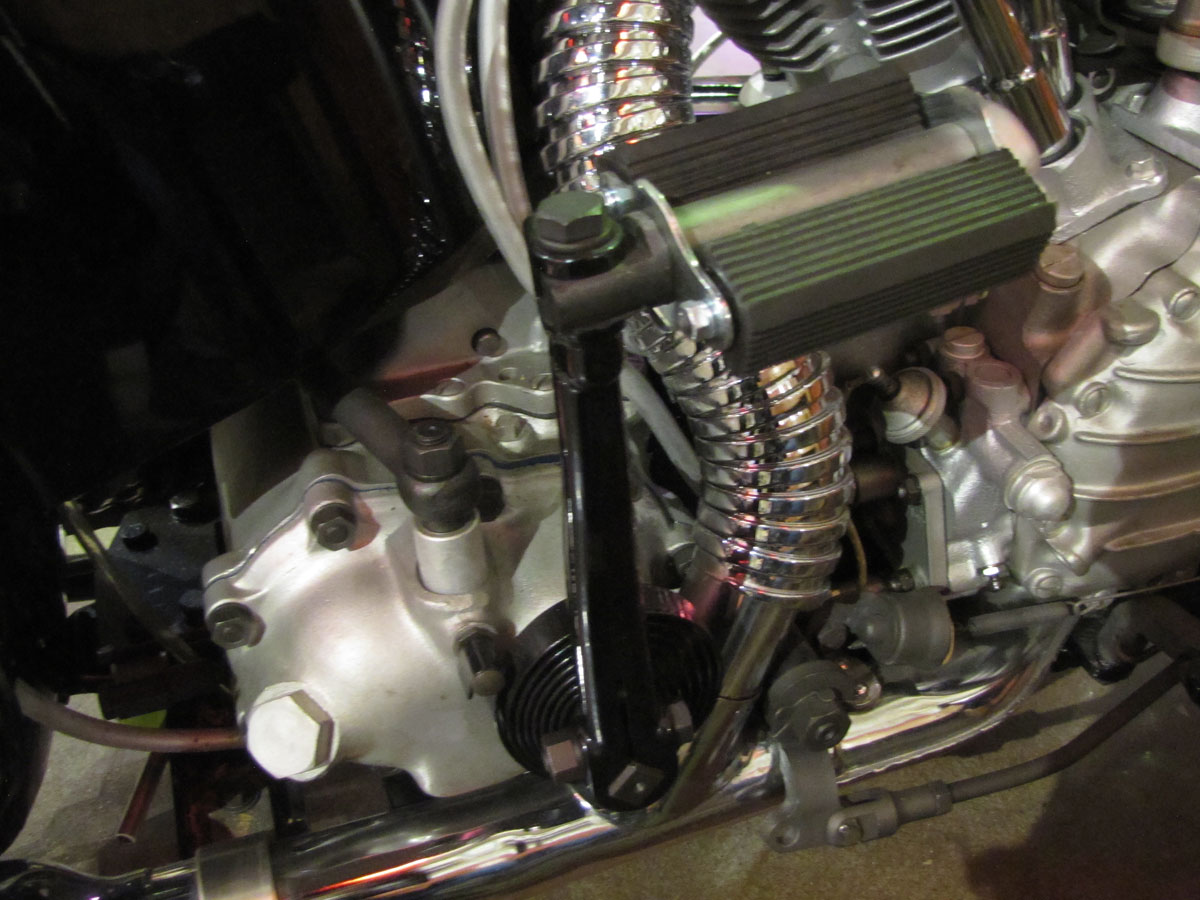
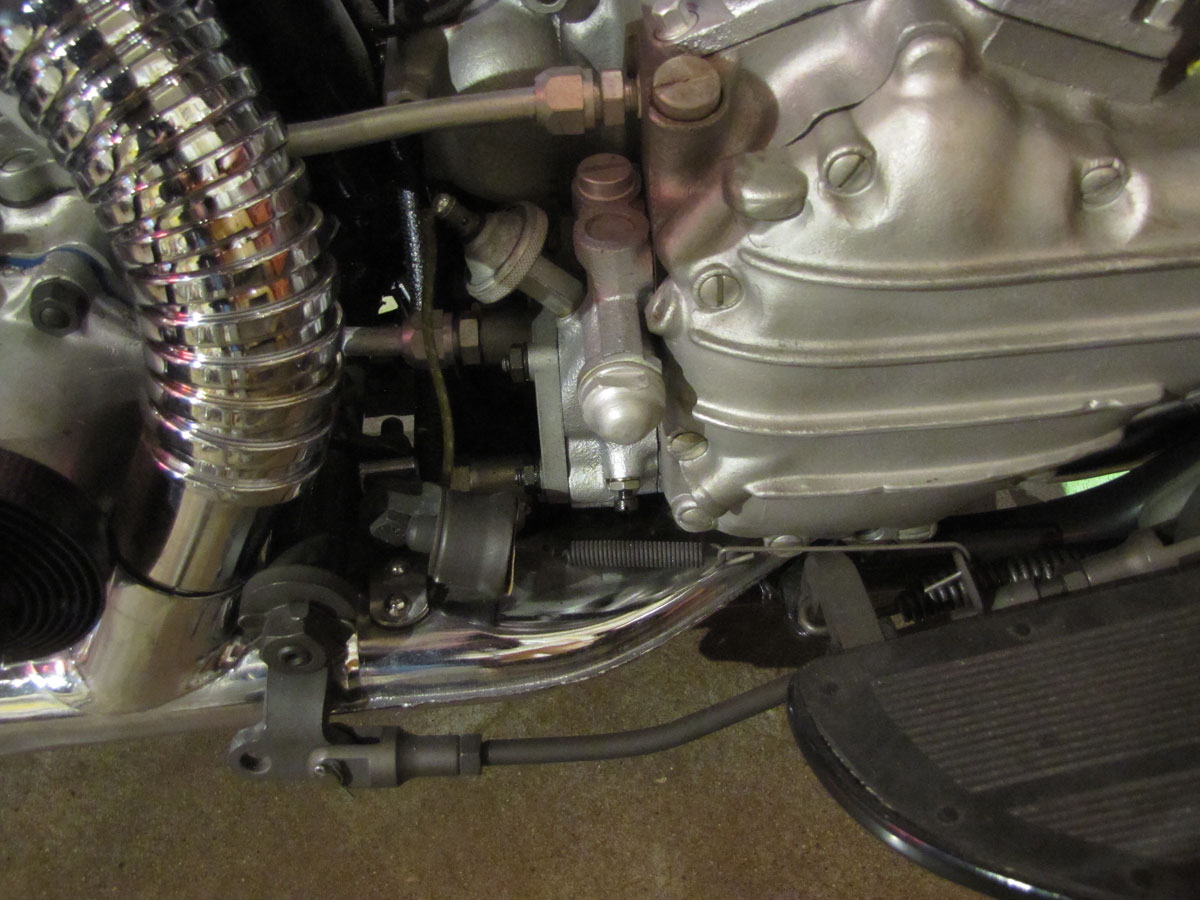
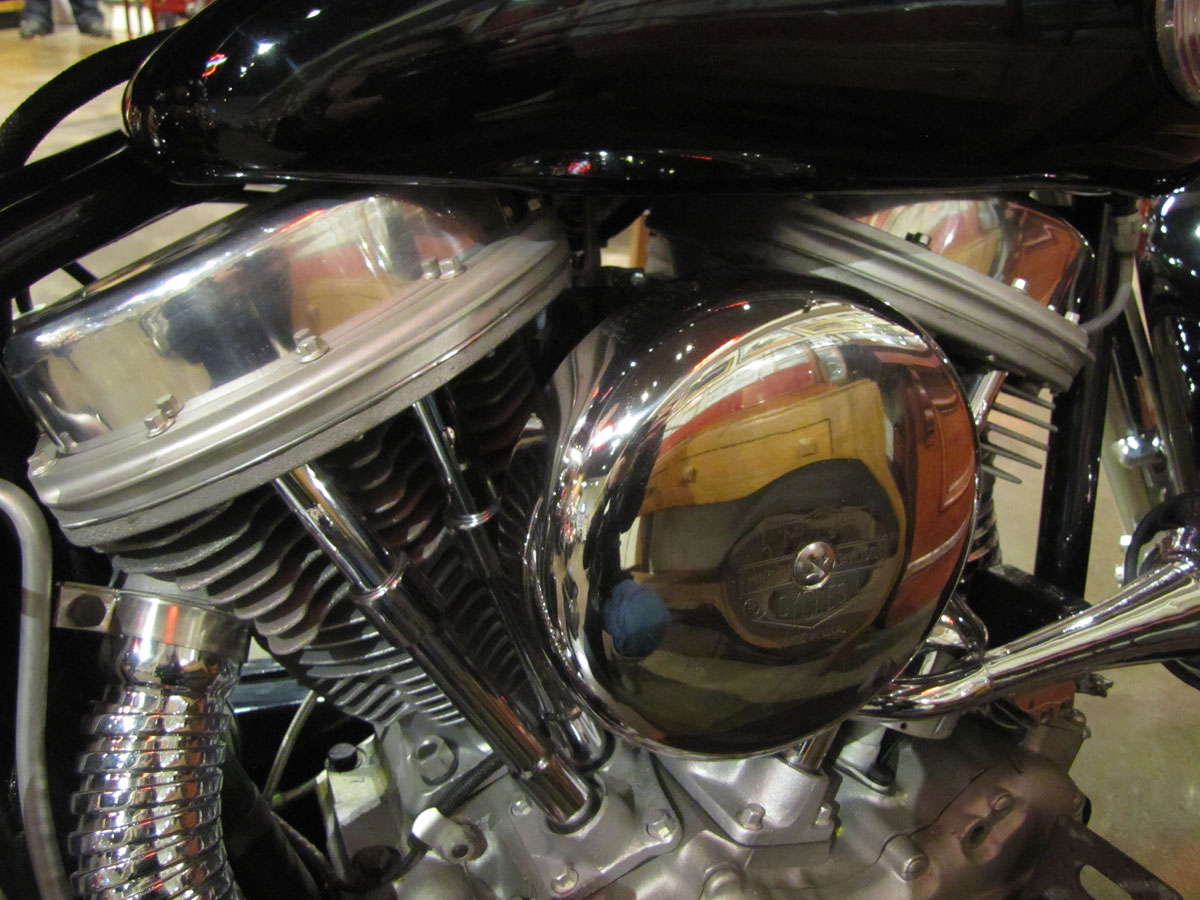
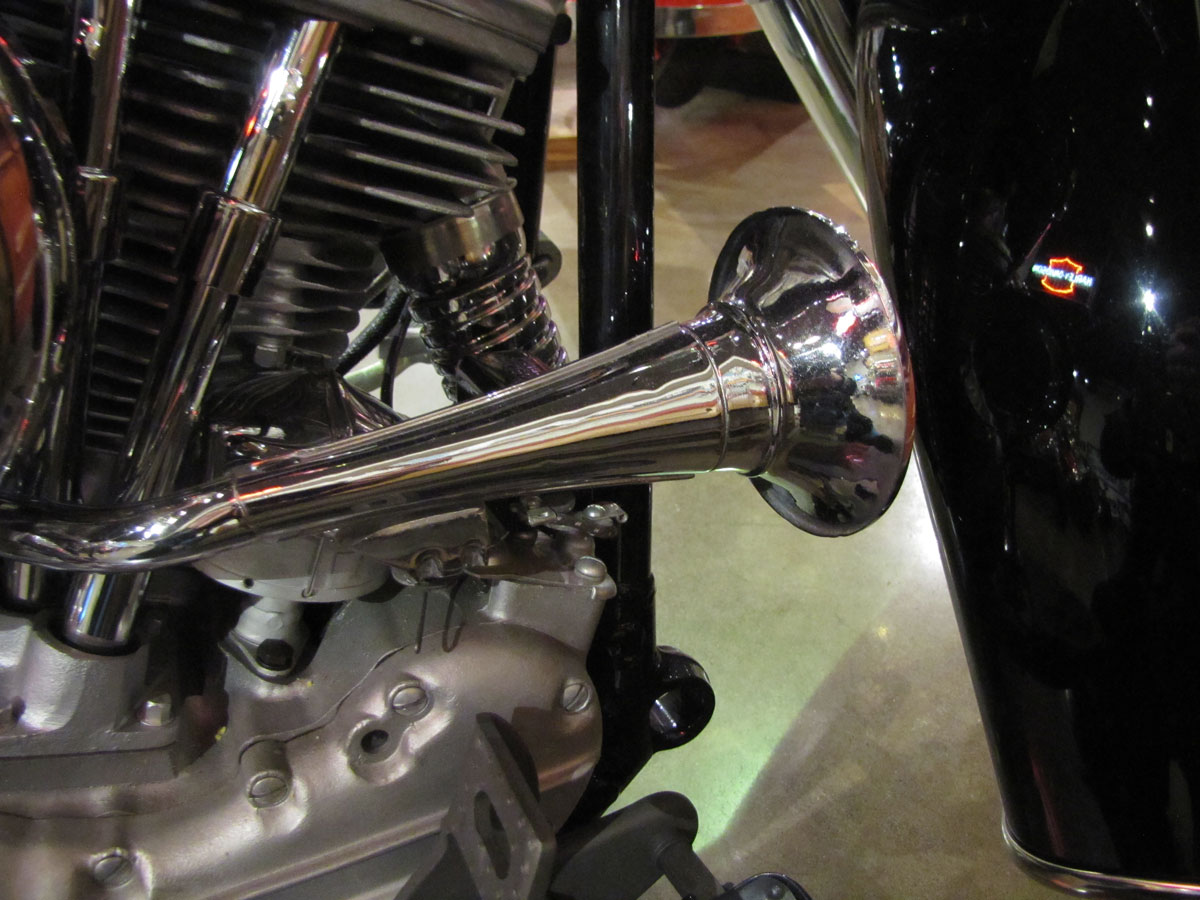
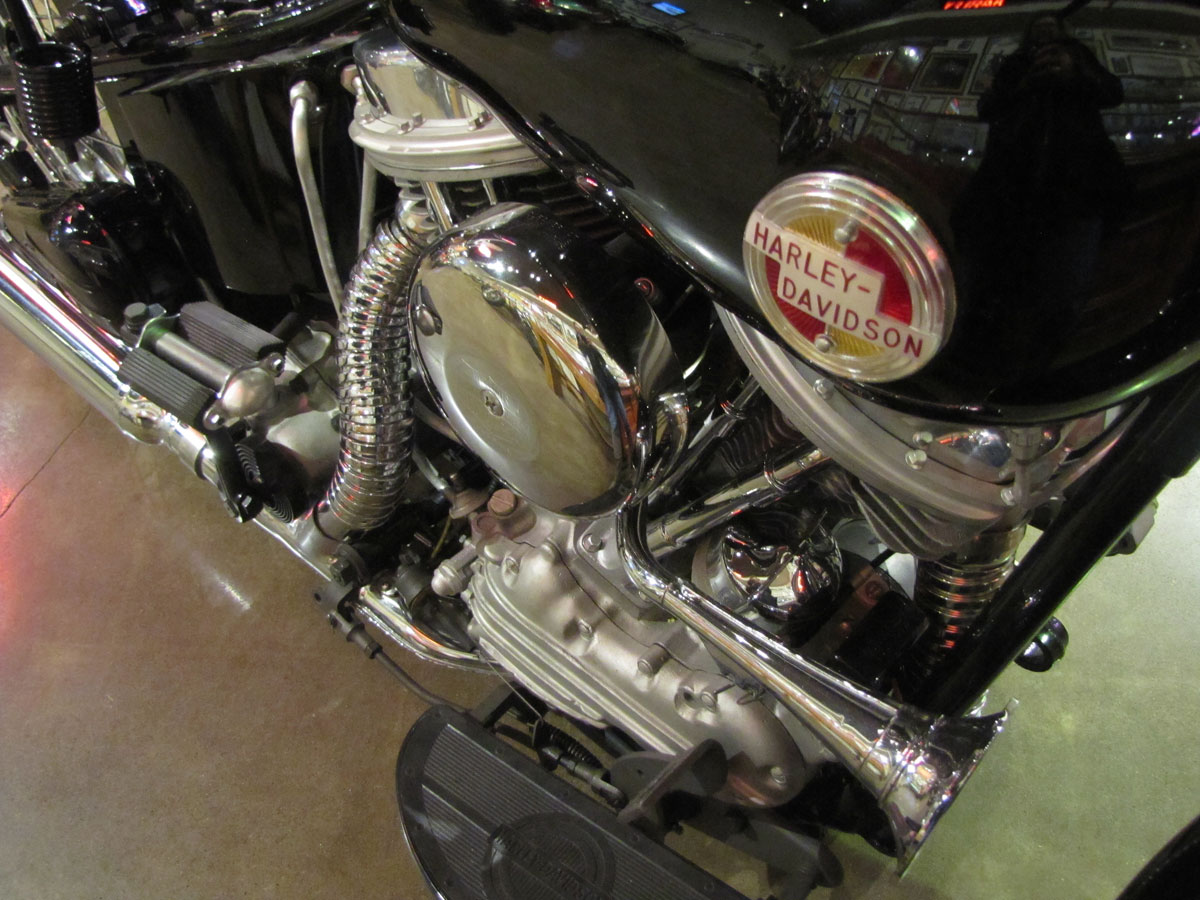
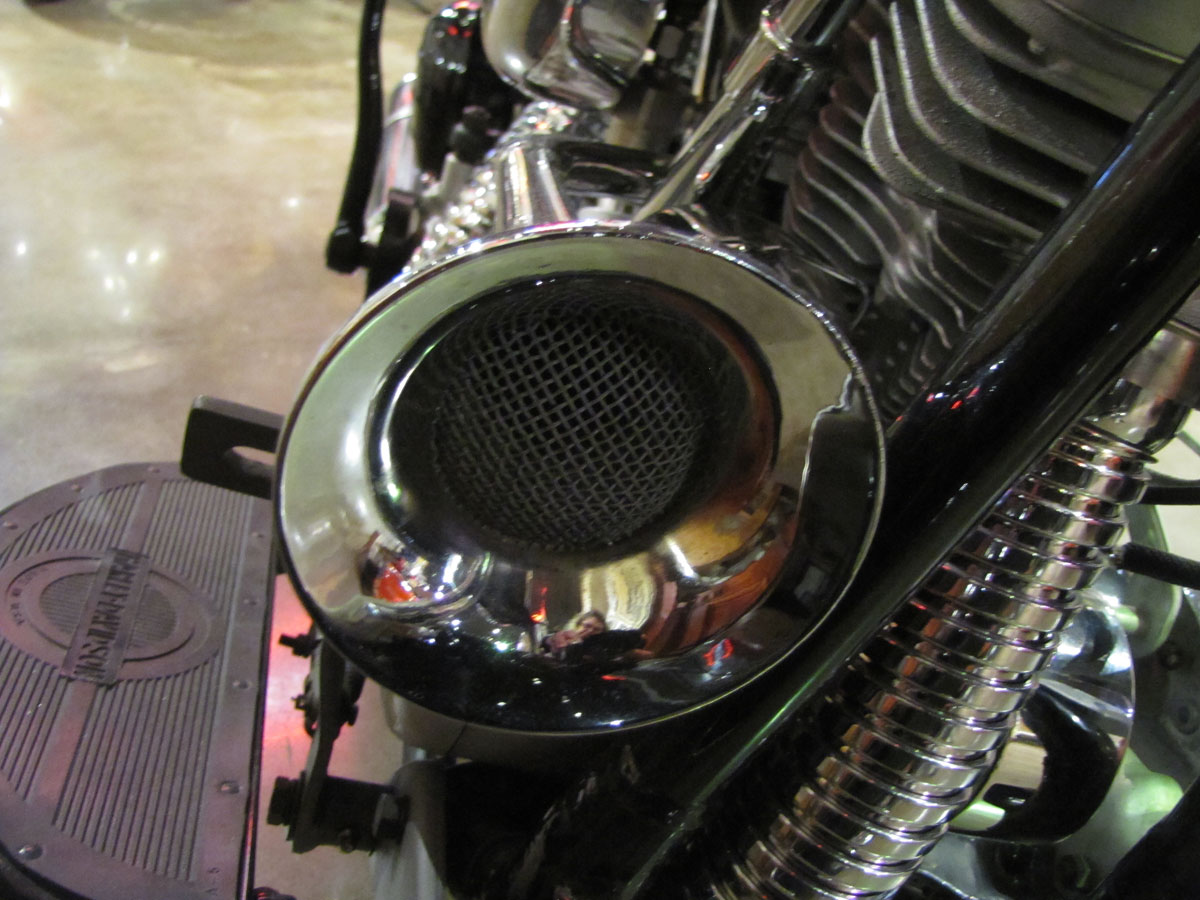
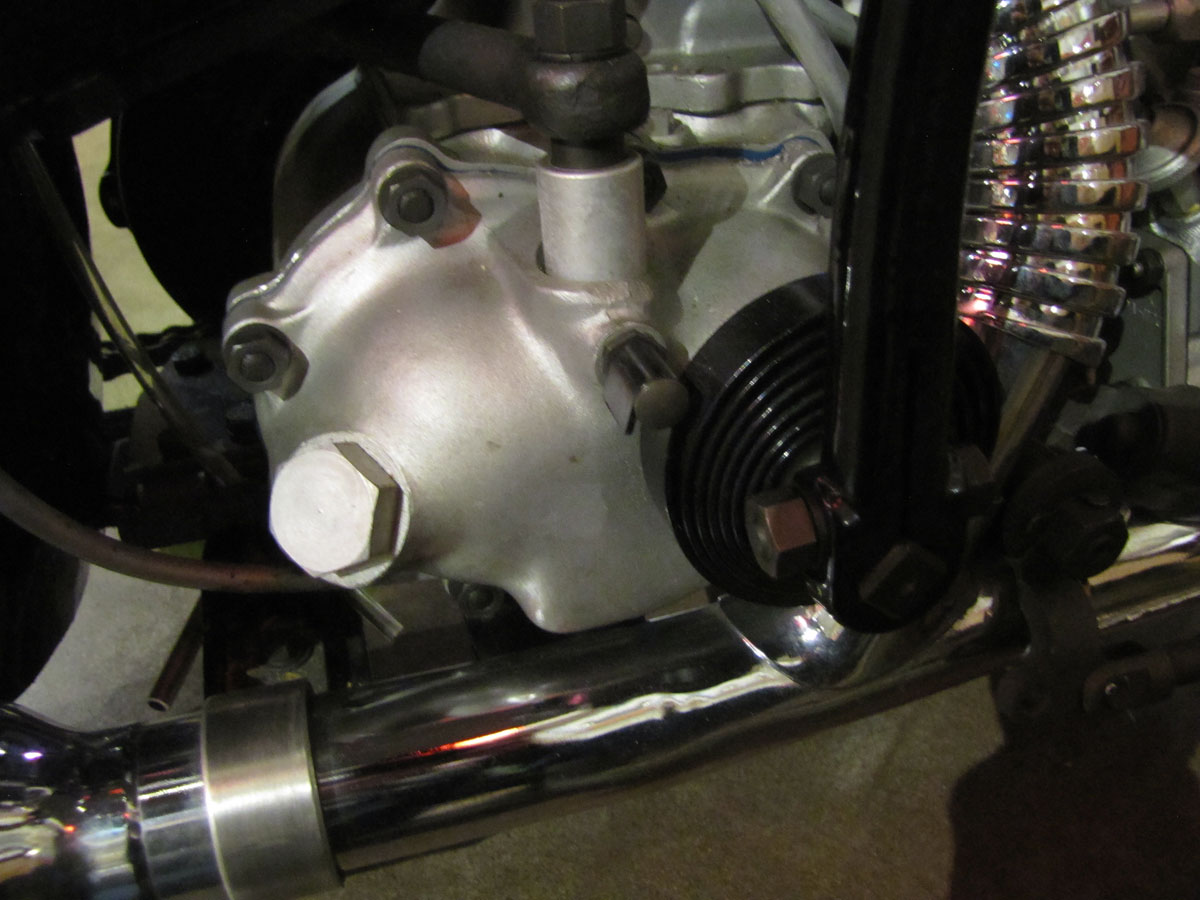
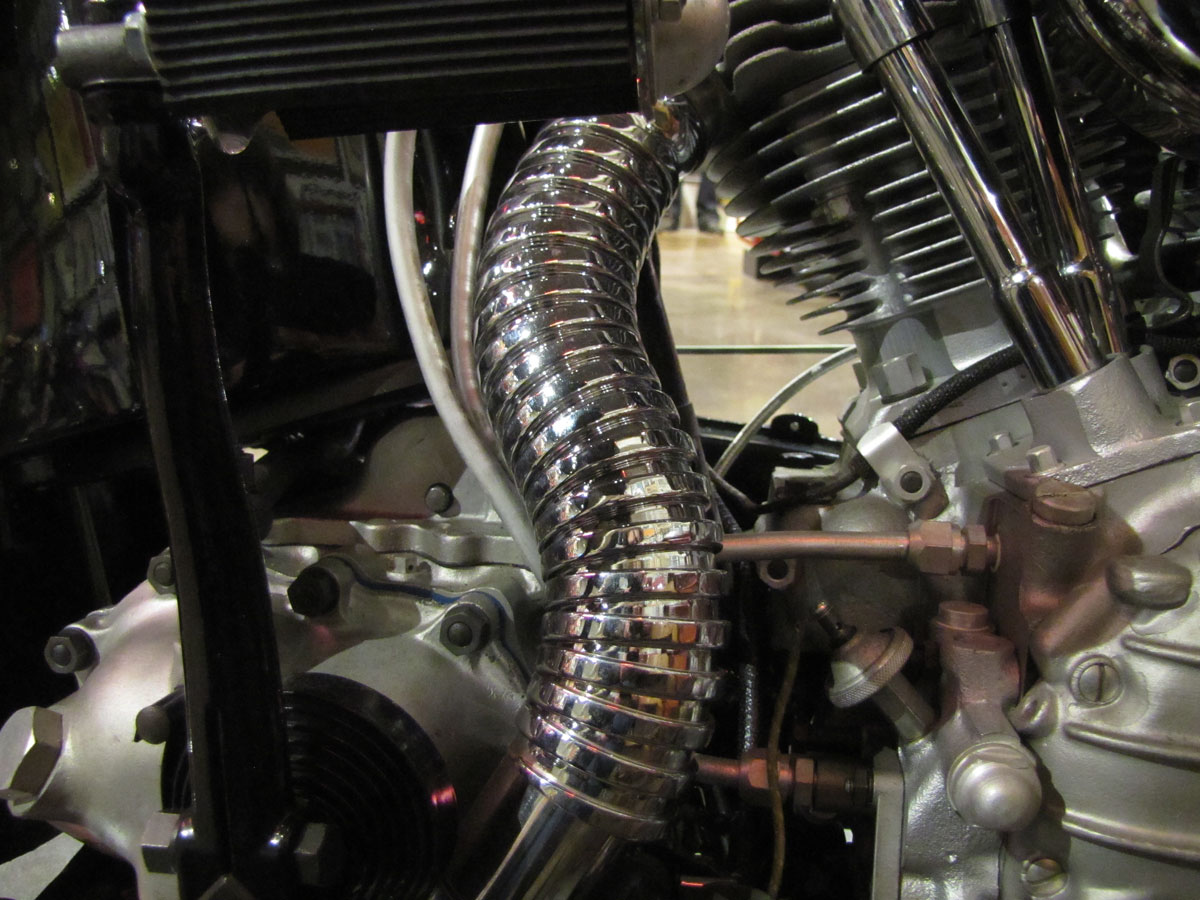
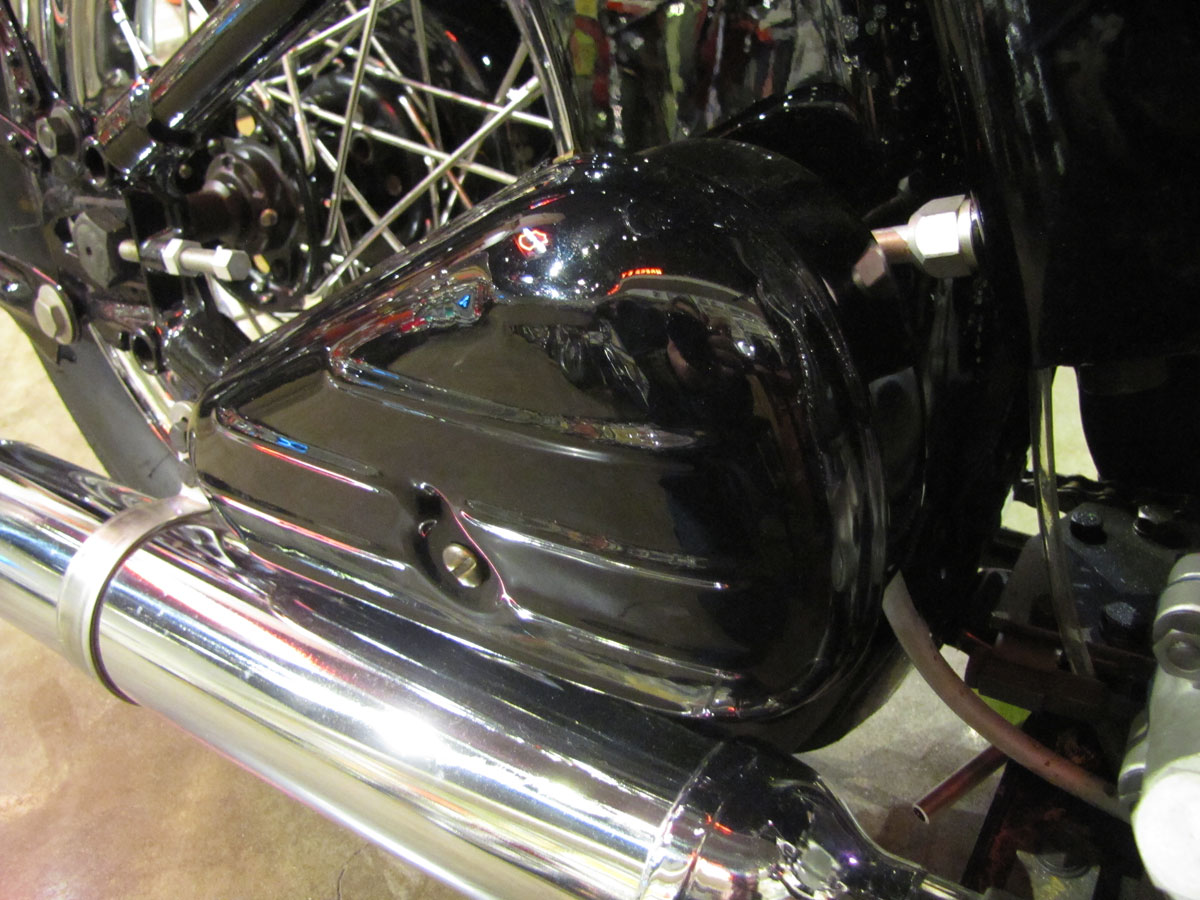
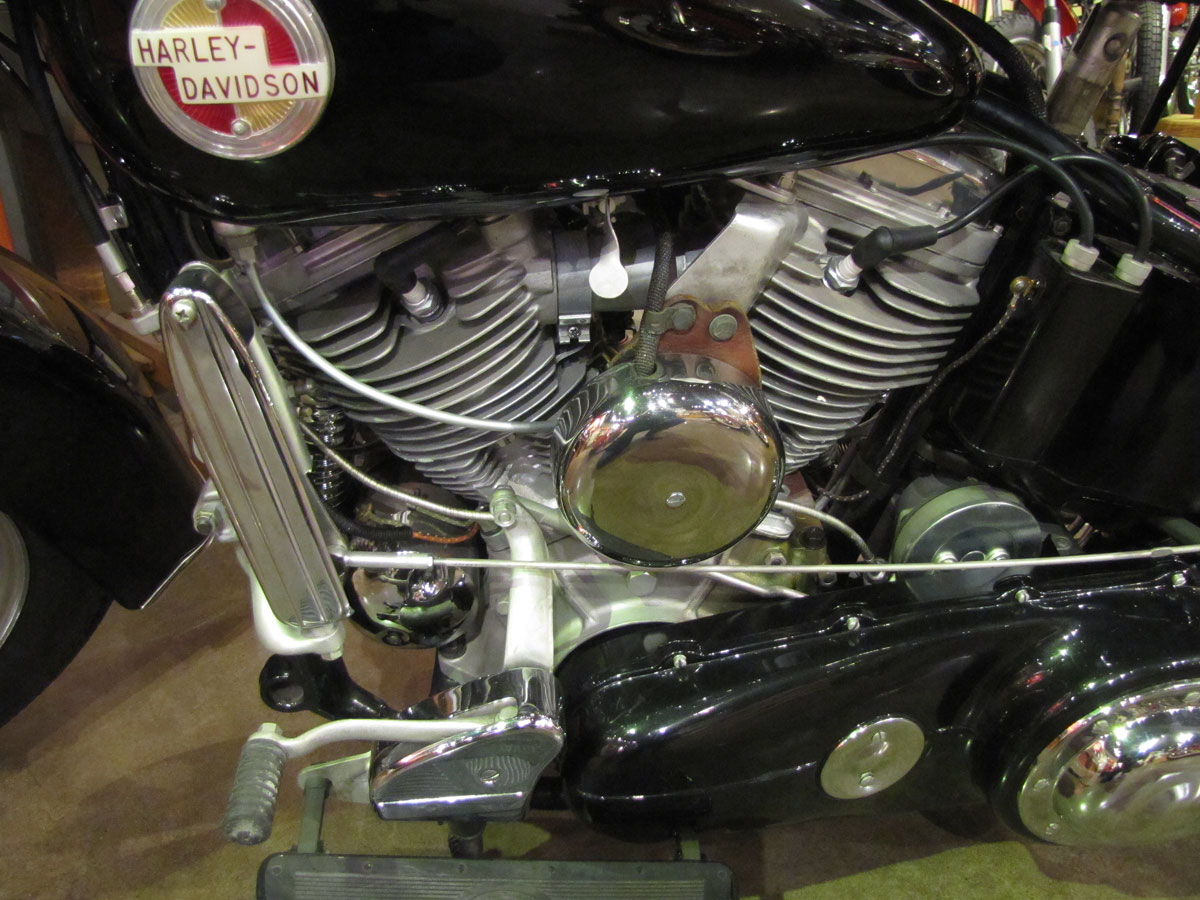
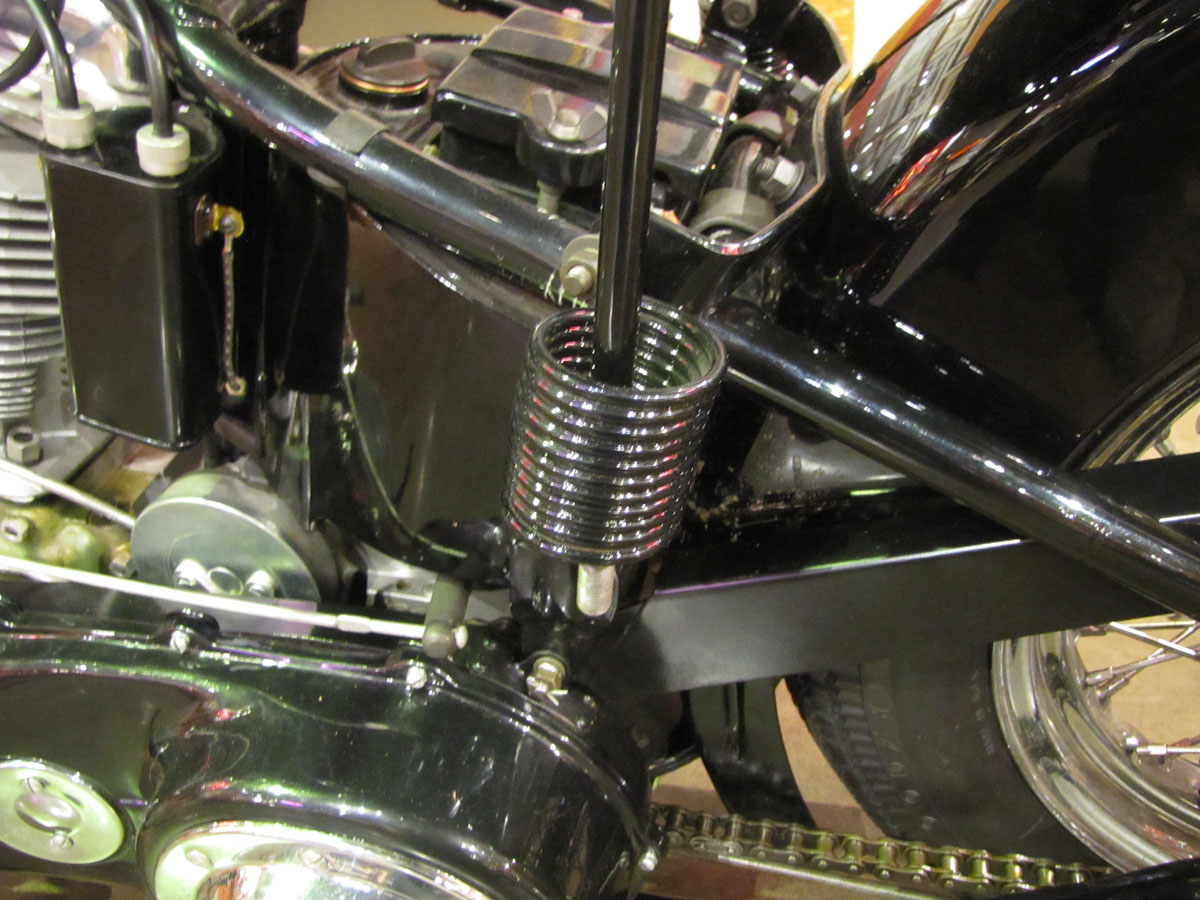
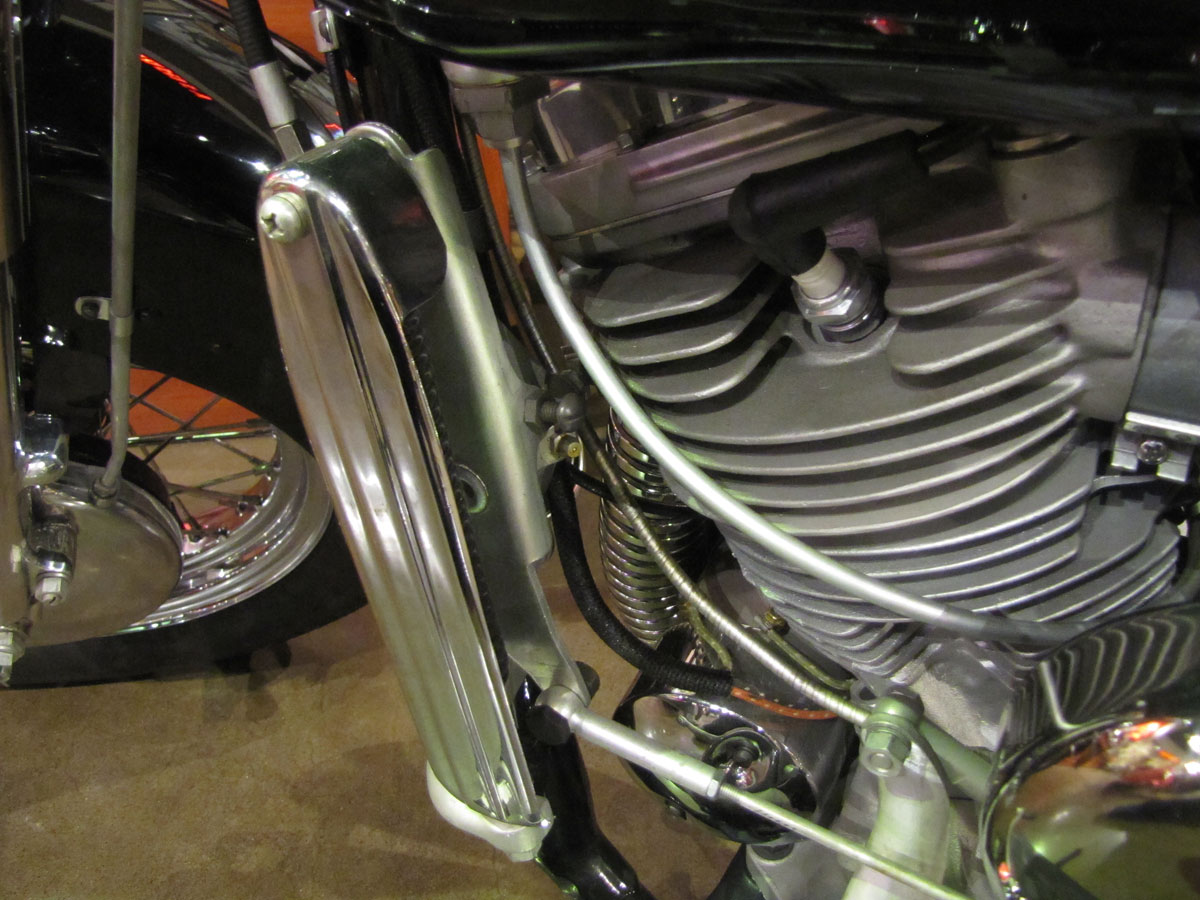
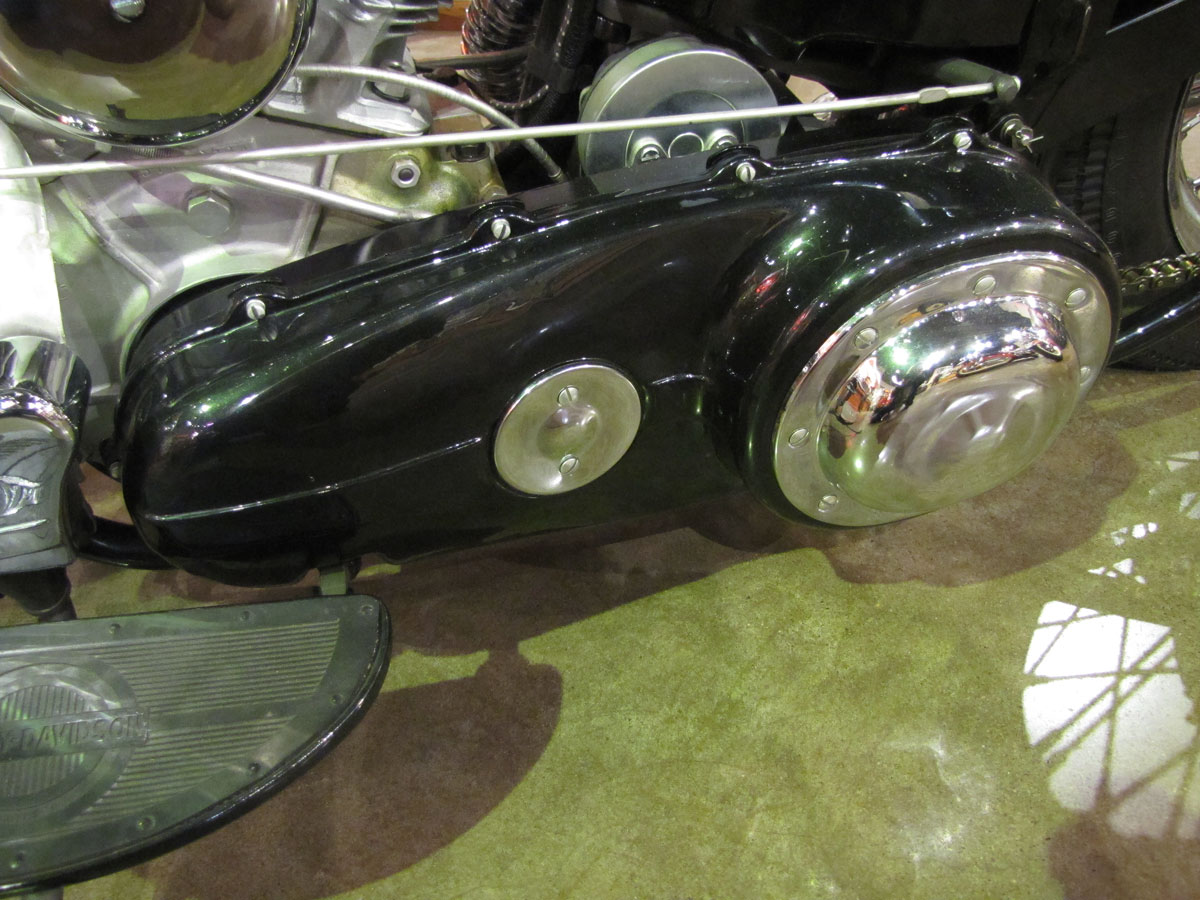
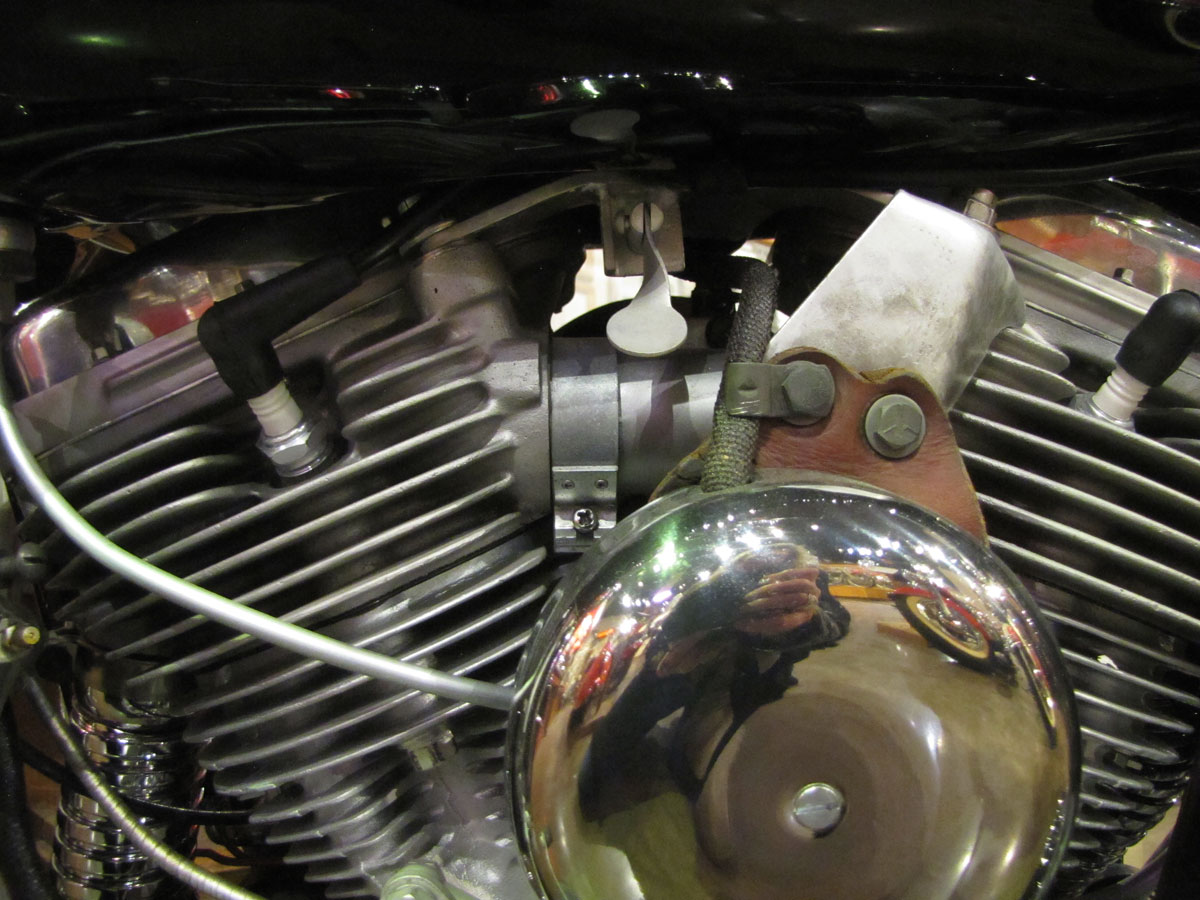
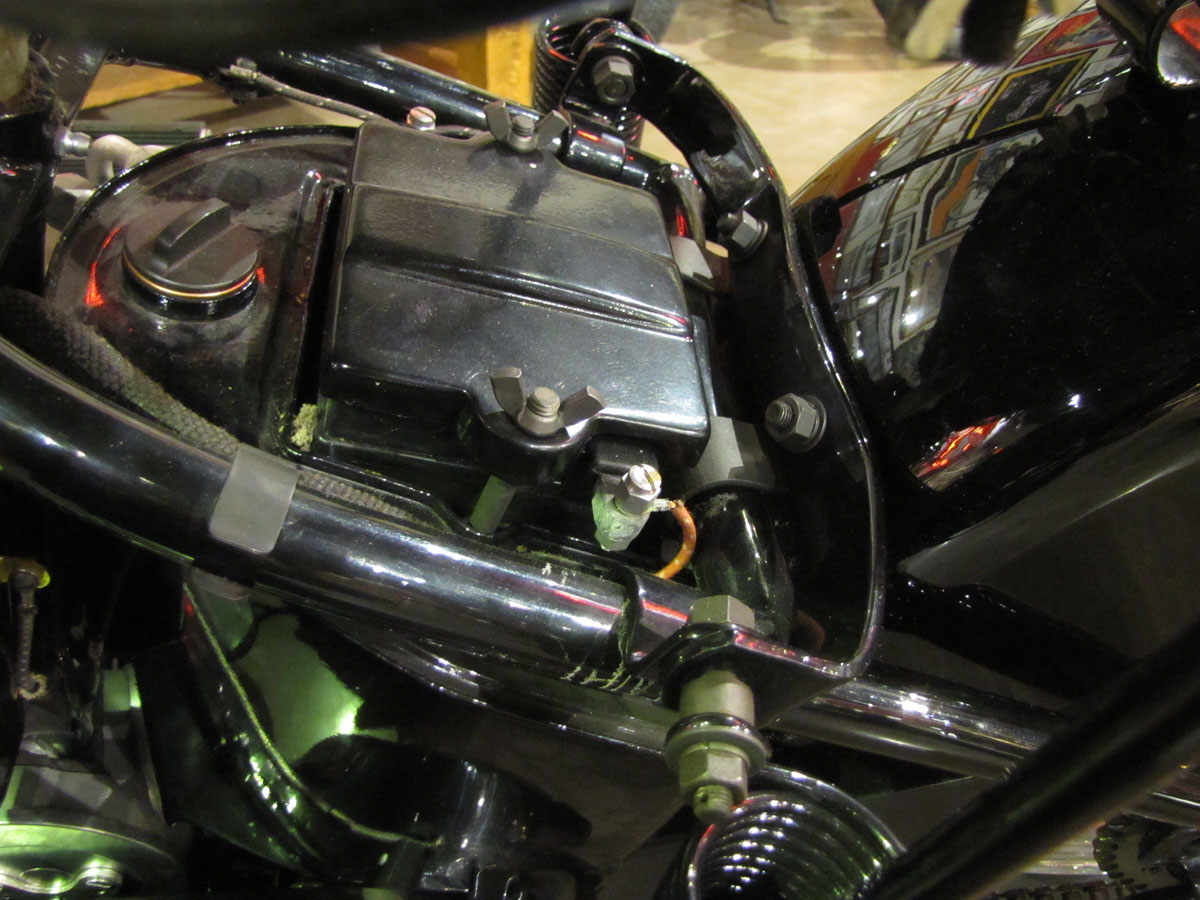
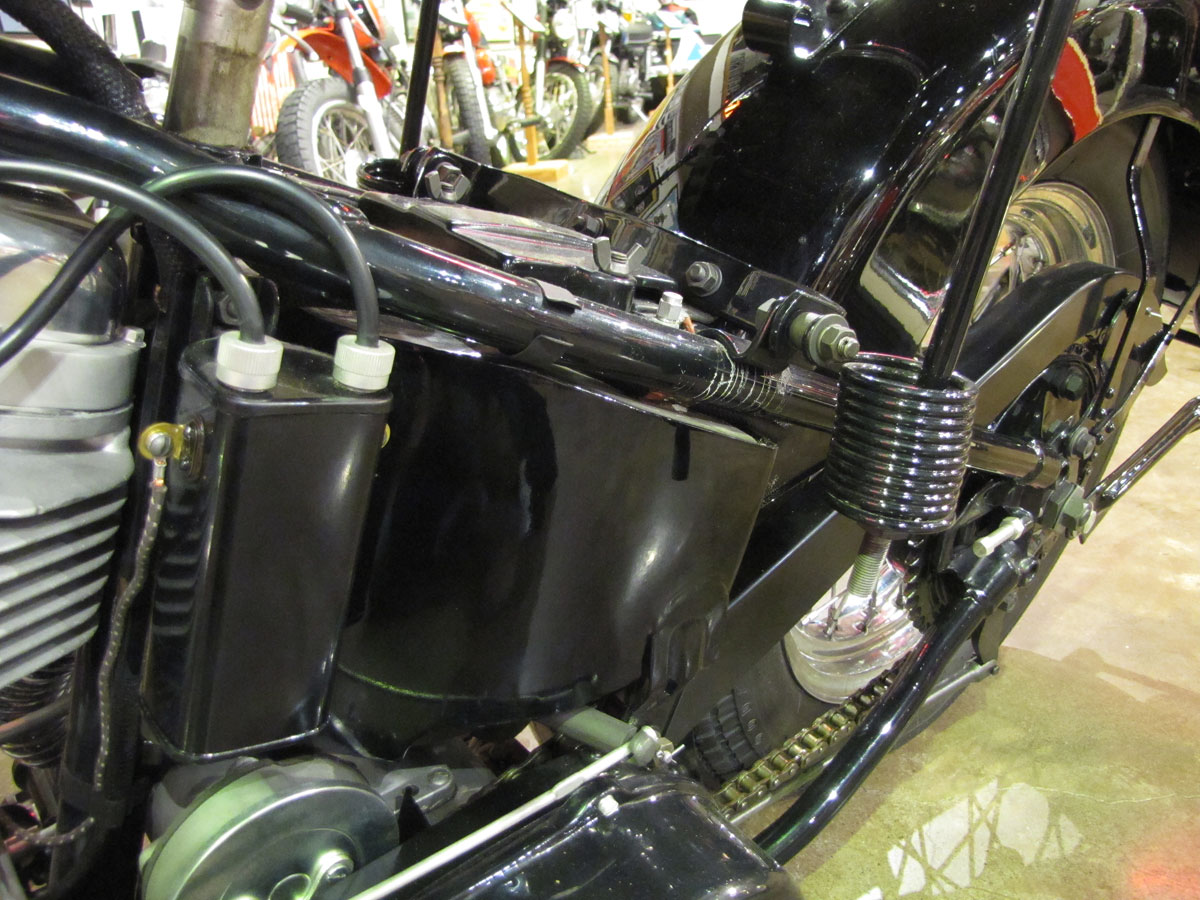


Beautiful bike absolutely gorgeous
Is’n it supposed to read foot shift Hand clutch?
In 1958 I had a 1956 FLH with 48,000 miles. My friend Tom Gilespie was basically commuting from Kenosha, WI to work in Arizona. We honed it out for 1st oversize Hepolite 8 to 1 pistons and did a valve job Later I lowered the engine sprocket gearing, took off the front fender, detached the rear at the hinge and put on an H-D accessory straight pipe. It was very reliable and I rode to Great Lakes Drag-away almost every week. The Hog was runner up to a Stripped Vincent every time. Best time was 101 MPH in 13:01 seconds. They were pretty equal in power but that “Mouse Trap” Clutch release was a real contraption and made it difficult to shift fast. Definitely one of the best bikes I’ve ever had.
In the fall of 2018 I got my 1956 FLH. It is a sidecar model and has a 3 speed with reverse transmission, hand shift and foot clutch. It had not run since the 80’s when the engine made noise so the previous owner hauled it home and never ran it again. It sat inside for about 30 years. It has solid lifters that were tight and needed adjusting,and now it runs fine. I will do a full service this winter and run it in vintage events next year.The bike is very original and in good shape with just the right amount of patina. It proudly sits in my heated garage next to an original paint 1970 Shovelhead, a 48 Indian Chief and a 66 Honda Super Hawk. I love them all.
Robert,
You are correct. This FL is a “hand clutch, foot shift” machine. I believe it was optional at that point. I copied the spec sheet from one of the other FLs in the Museum and failed to update that information.
Thanks for all the other comments as well, gentlemen. Glad the ’57 FL is relevant to you.
Mark
National Motorcycle Museum
Looking to find shock absorbers price for. A 1952 n 1962